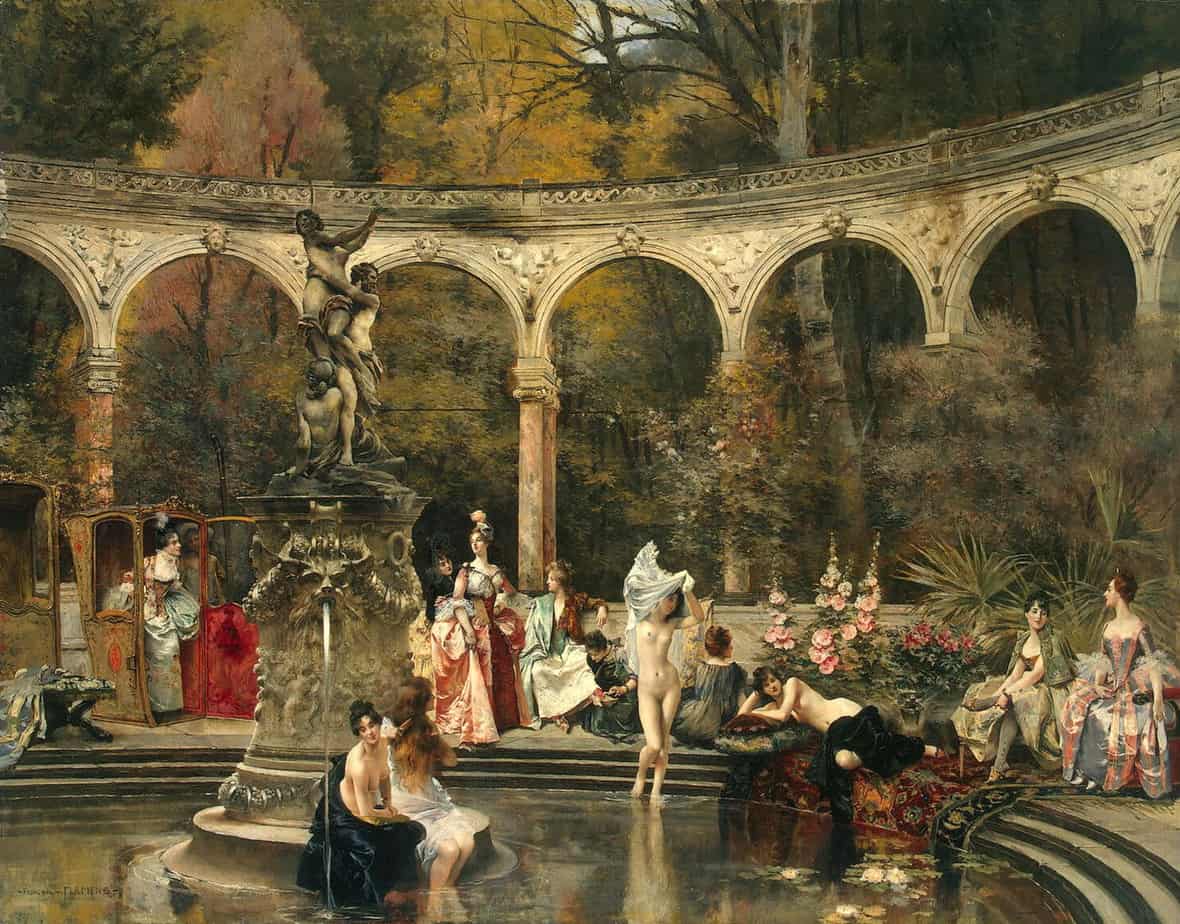Inside the warm ladies’ room, with its milky gray, acoustically sensitive tile, only one stall was in use. Zee and Greer took the ones on either side of it, trying to look like normal people availing themselves of a public bathroom. Greer sat down and dipped her head, seeing the edge of a woman’s gray suede boot beneath the divider. She held very still and didn’t make a sound. From the other side of the graffitied wall, with a disturbing message scratched onto it in a very small hand–please can anyone help me i like to cut myself–there was a pause, and then the predicable release. The single strand, the straight line from body-opening to waiting water, the ordinariness of Faith Frank, famous feminist, peeing.
Meg Wolitzer, The Female Persuasion
The bathroom was very small but I liked it because you stepped down into it and the latch on the door was tiny and silver and firm. When I fastened it behind me I immediately felt I was someone else, somewhere else, such as on a beautiful ocean liner heading for San Francisco. It was completely tiled, white mostly, with a racing-green trim, and it was always spotless, as were the towels. I used a vanilla-scented body lotion then, Swiss Formula. It reminded me of something I couldn’t quite place, an oil I’d used in the summer a few years before maybe, or perhaps something my mother had used, further back again.
“The Invisible Bird” by Claire-Louise Bennett
The mirror in the plane bathroom had fingerprints all over it and fog-thick grease where the soap had back- splashed. One hour into the flight, plenty of hands had been busy here. I scooted in and pushed at the latch with a knuckle. The light flickered and brightened but the bolt stuck midway. I swallowed hard and drew a paper towel to wipe the glass. The grease was still there, I’d just spread it around. I pushed down the faucet and destroyed the soft-bodied soap-thing, then ran my finger under the drip and tried the stain again, not its reflection on my skin. And the mirror cleared, to show flesh and marks of teeth.
I looked away and pulled two more towels from the dispenser and put them down on the toilet seat. The sheet on the left sucked itself to the plastic ring, catching urine, shrinking. The broken light flashed like a strobe. Bright, then half-dark. I pulled down my jeans and lowered myself slowly, trying not to touch anything. There was a sudden burst of turbulence and I dropped onto the seat, turning my head to see my face.
opening to I Fear My Pain Interests You, a 2022 novel by Stephanie Lacava
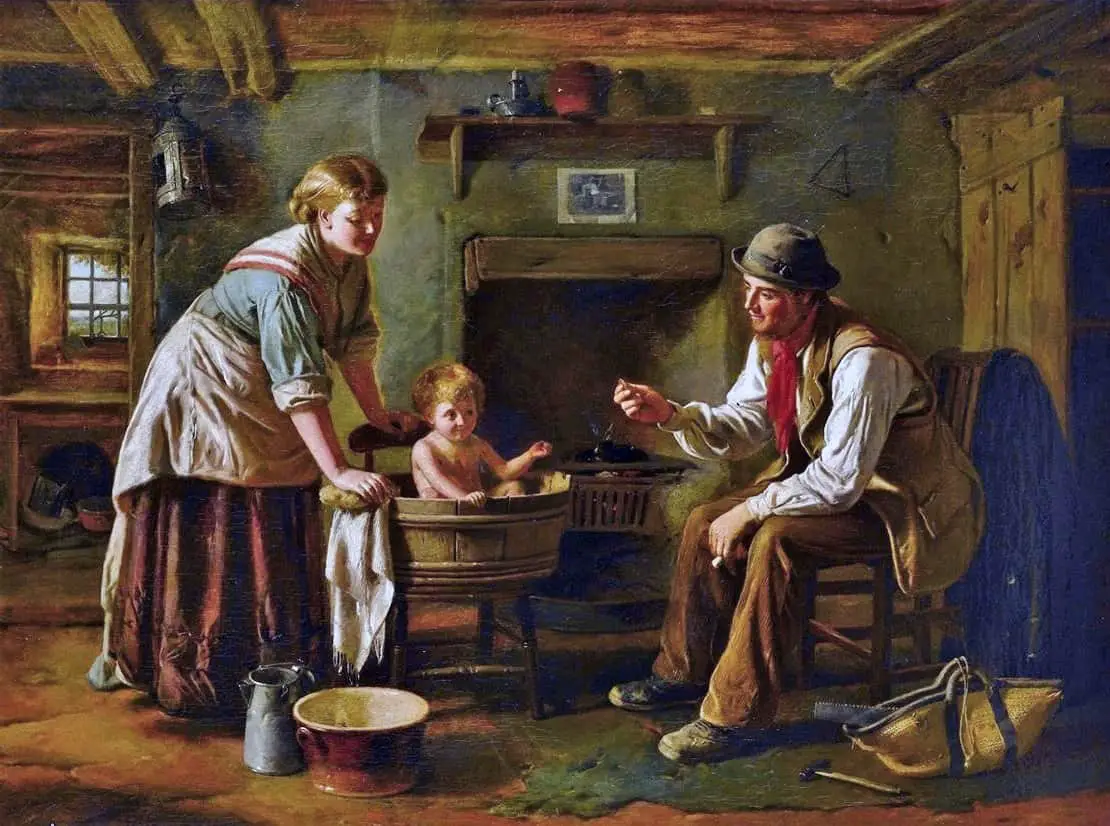
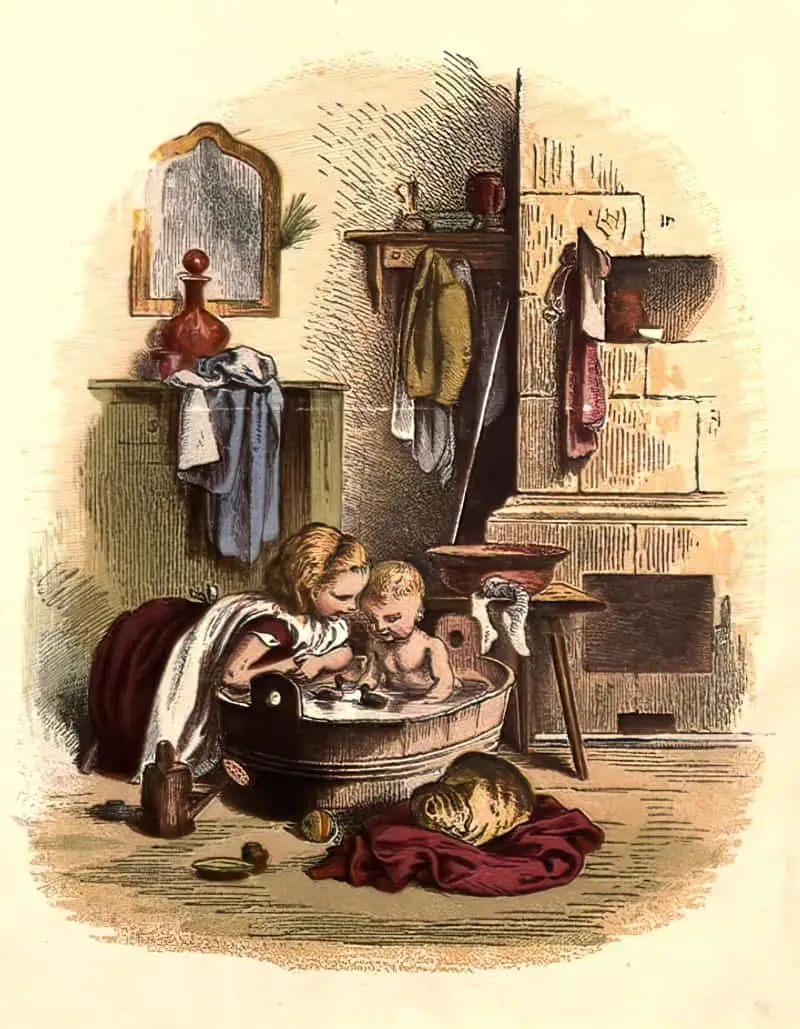
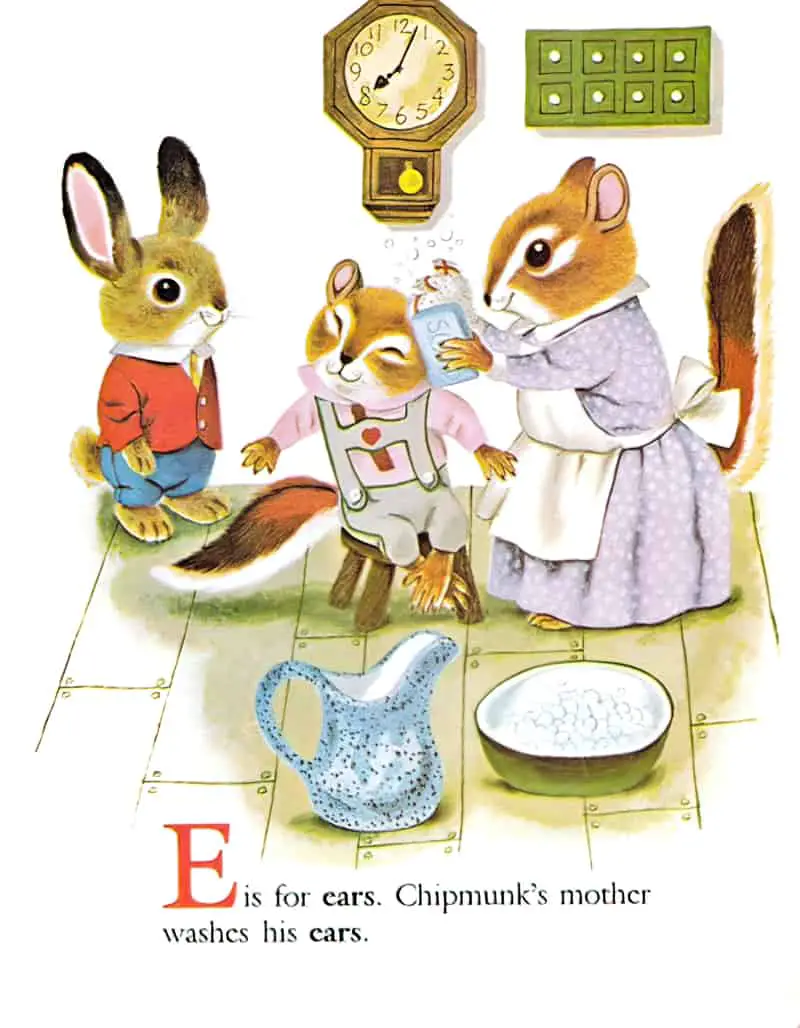
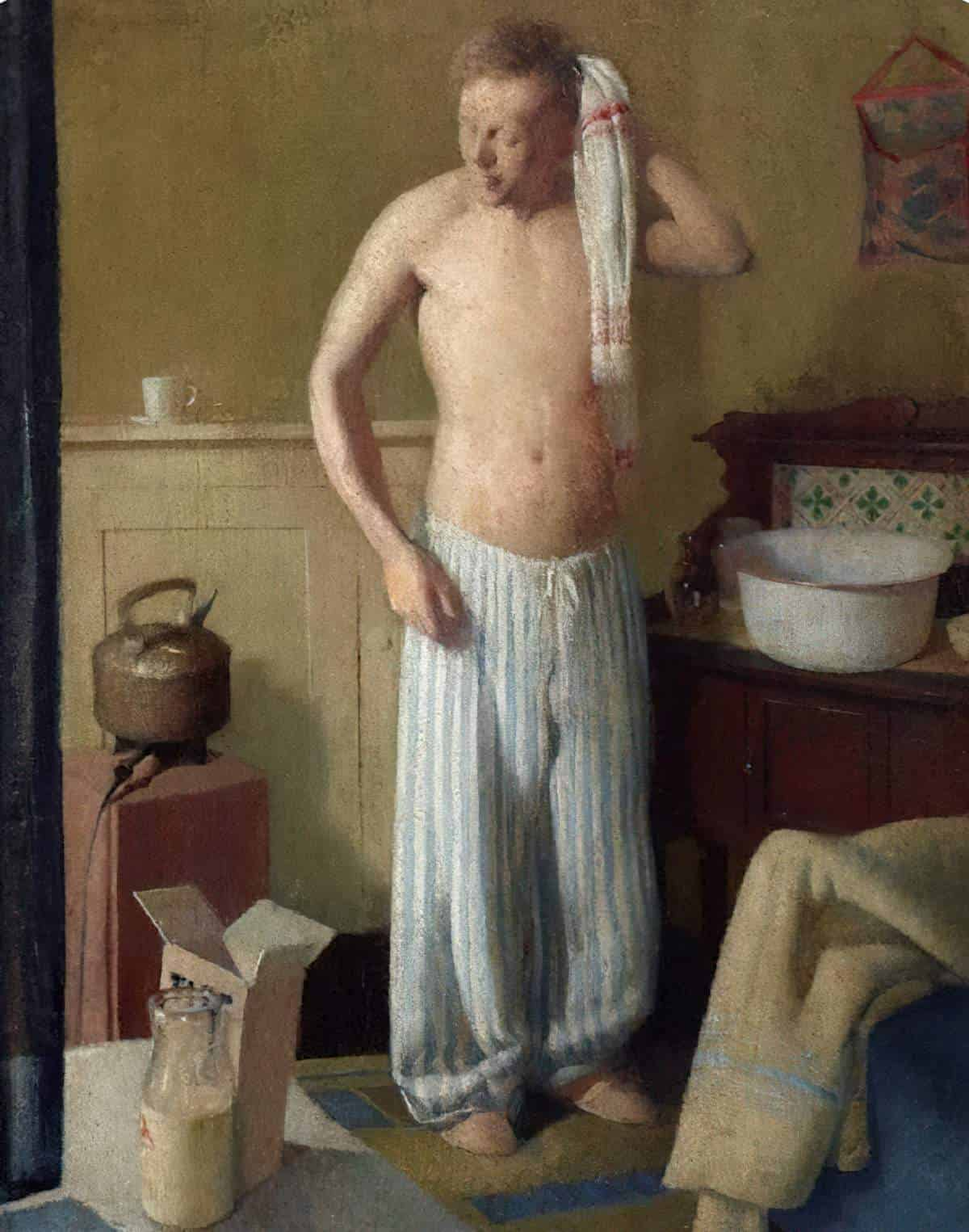
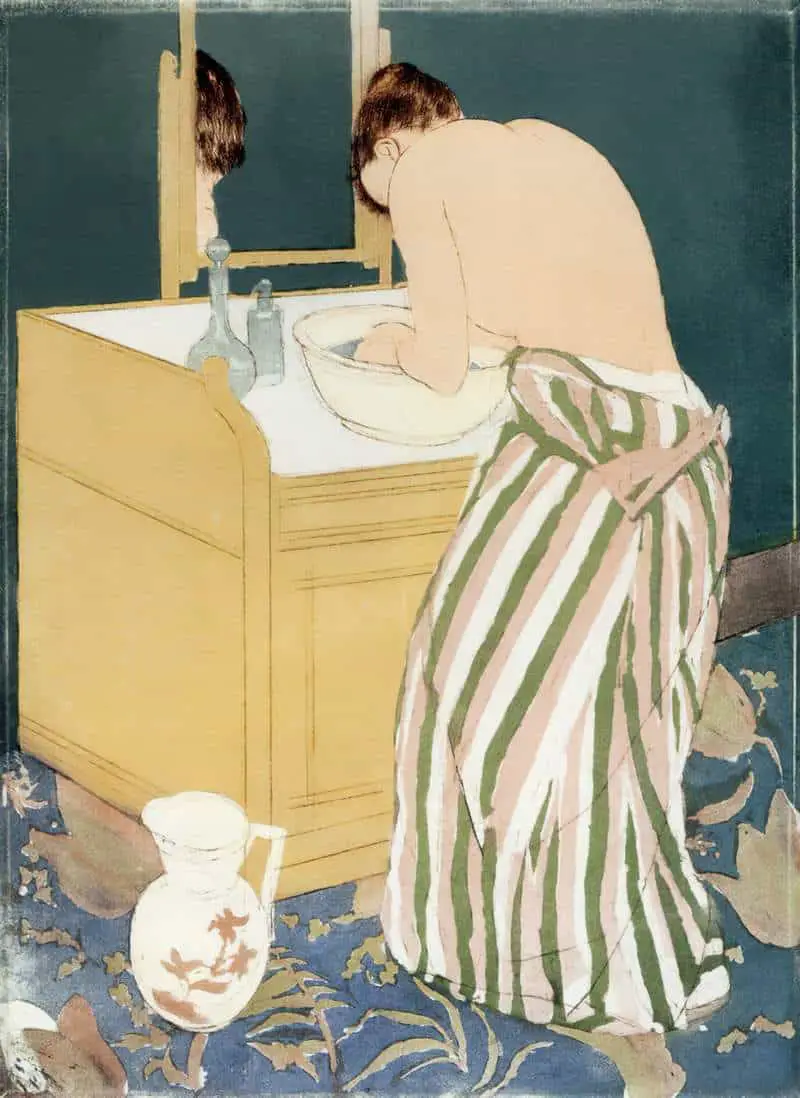
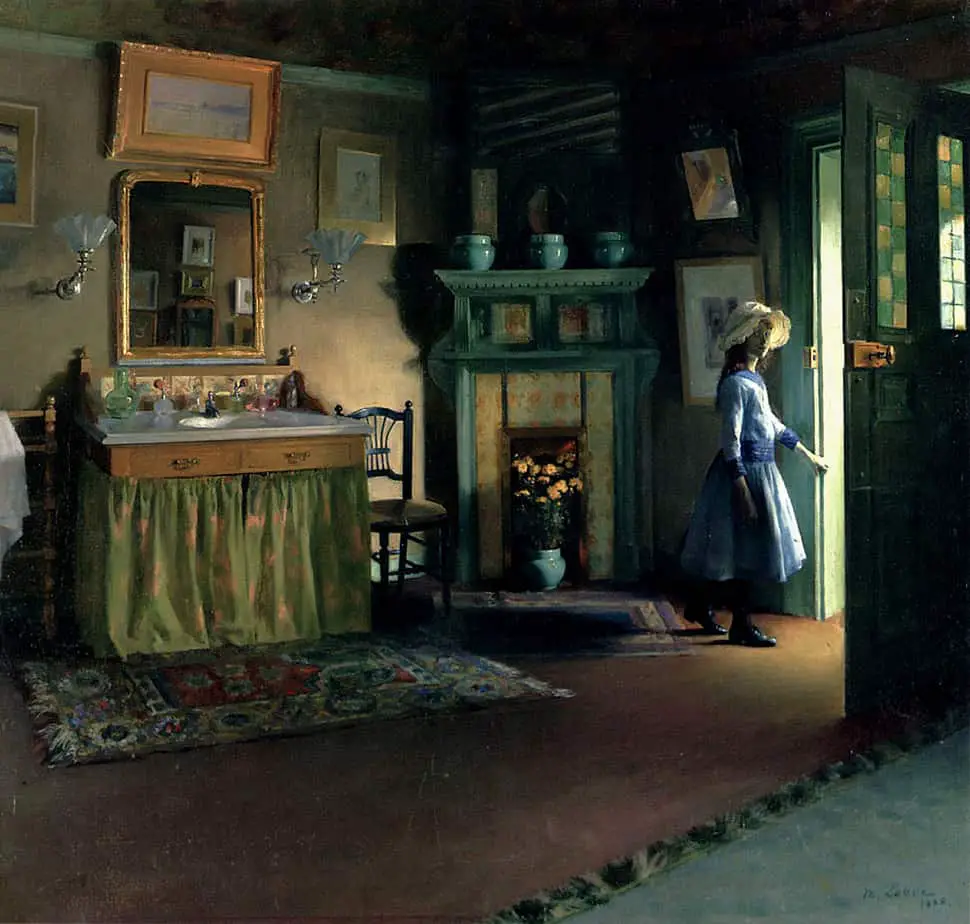
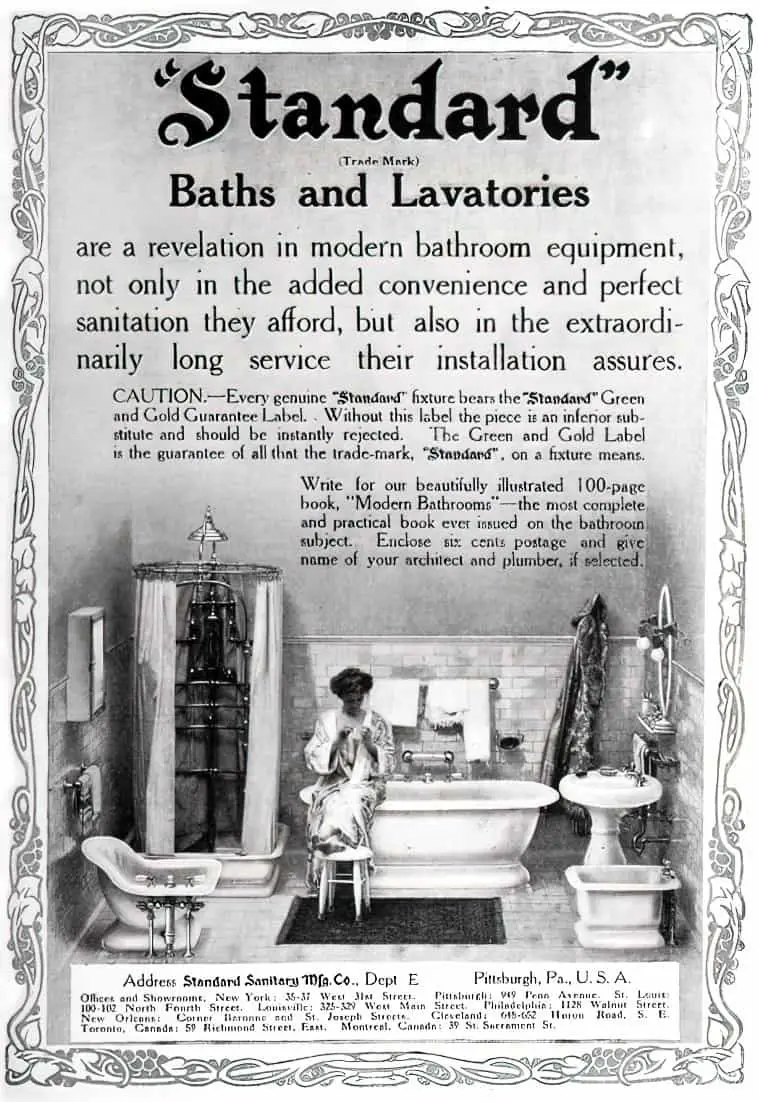
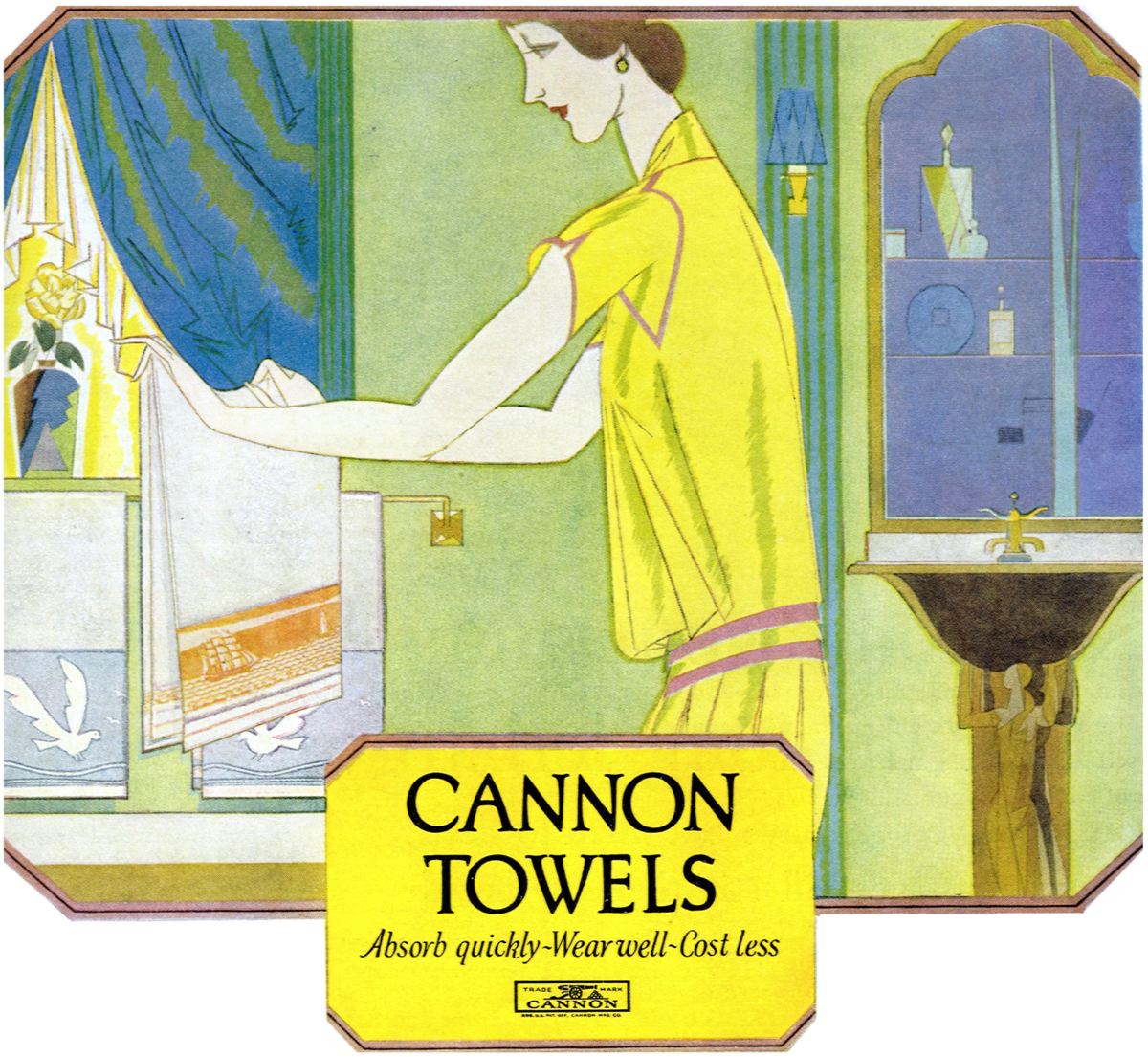
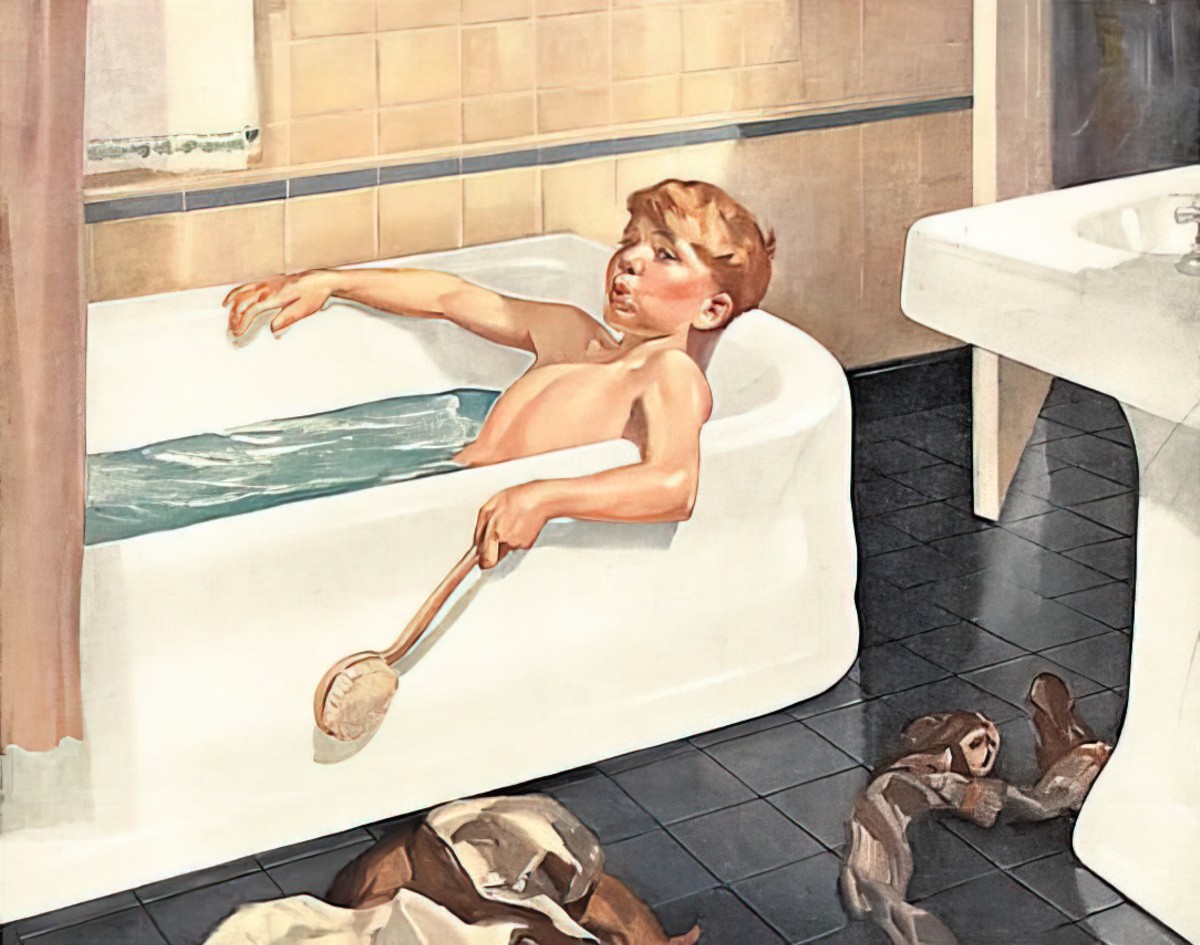
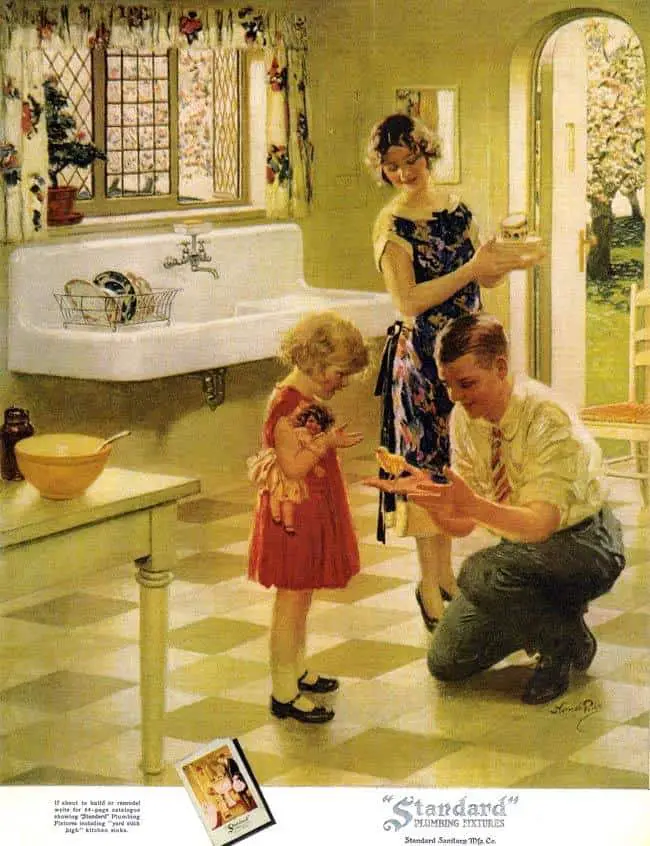
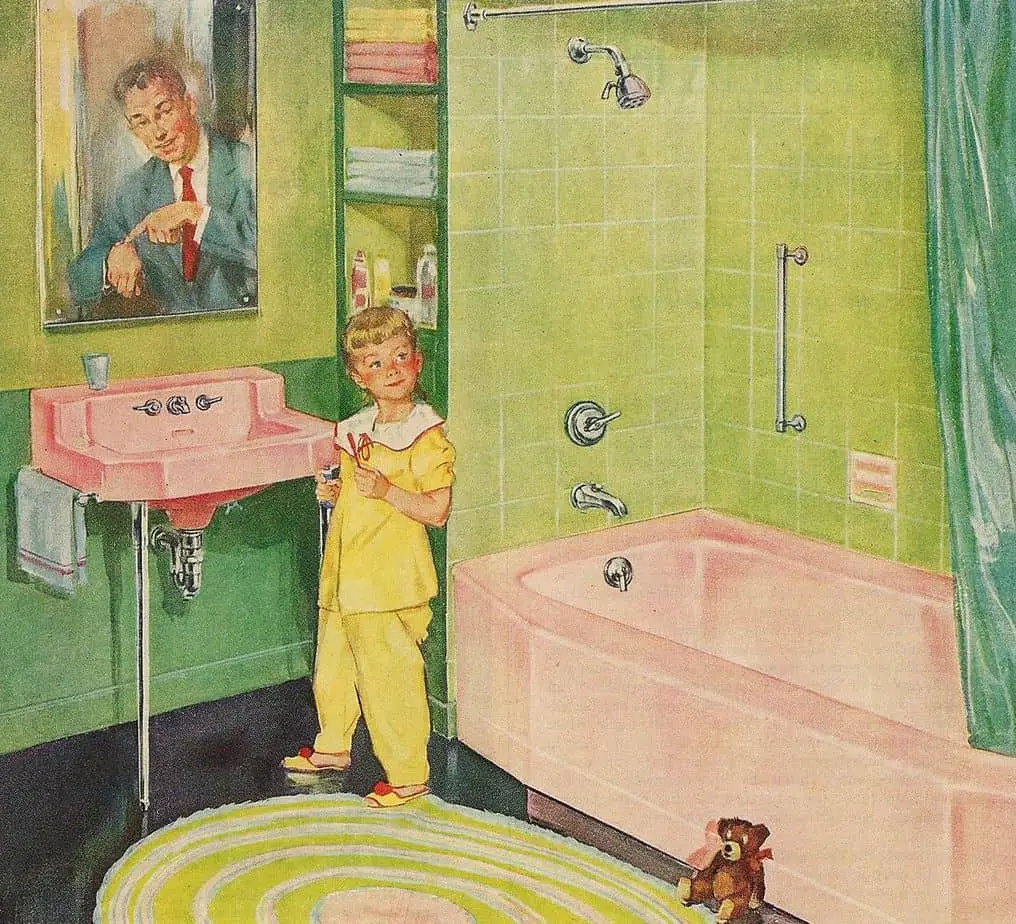
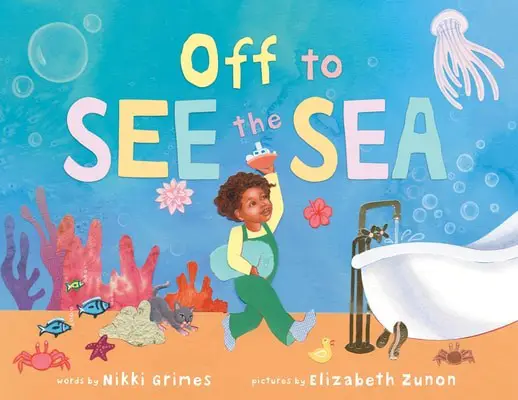
Bath time is full of magic.
The faucet flows like a waterfall, the bathroom floor is a distant shore, toy boats sail against the waves. An imagination-fueled adventure on the high seas is just what it takes to get little one clean.
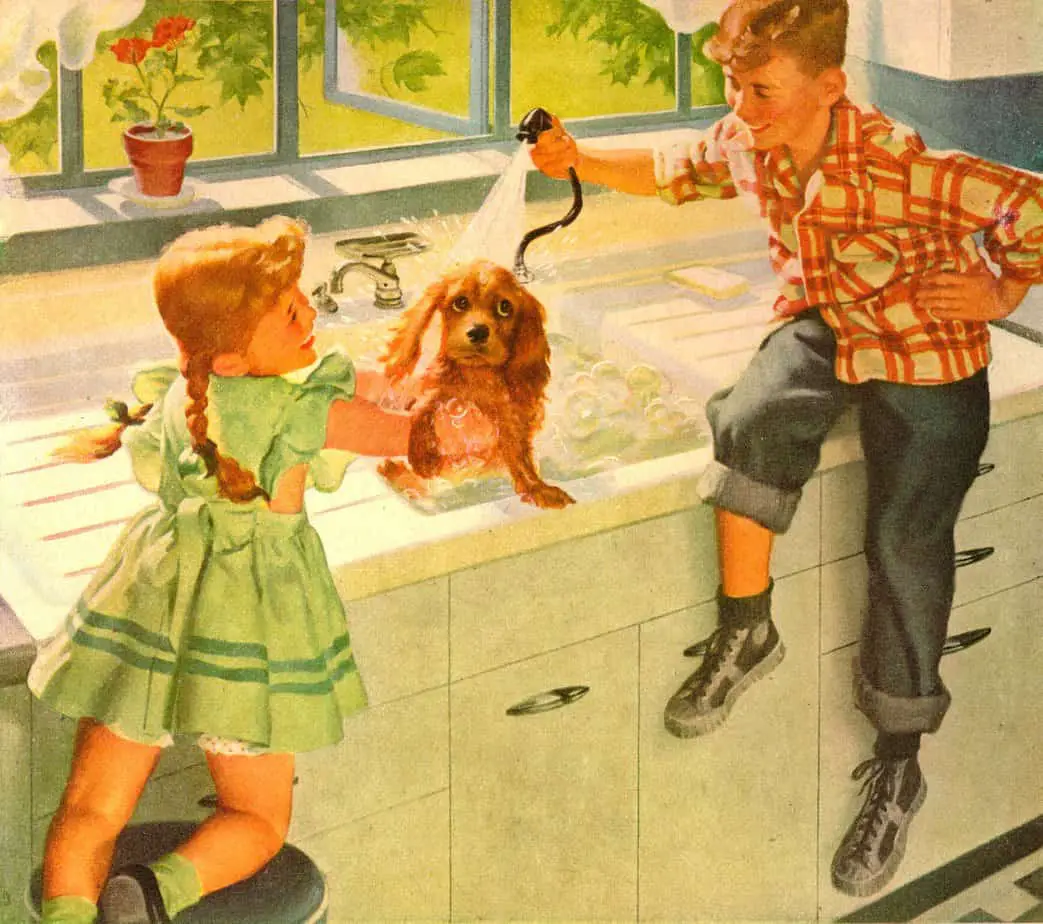
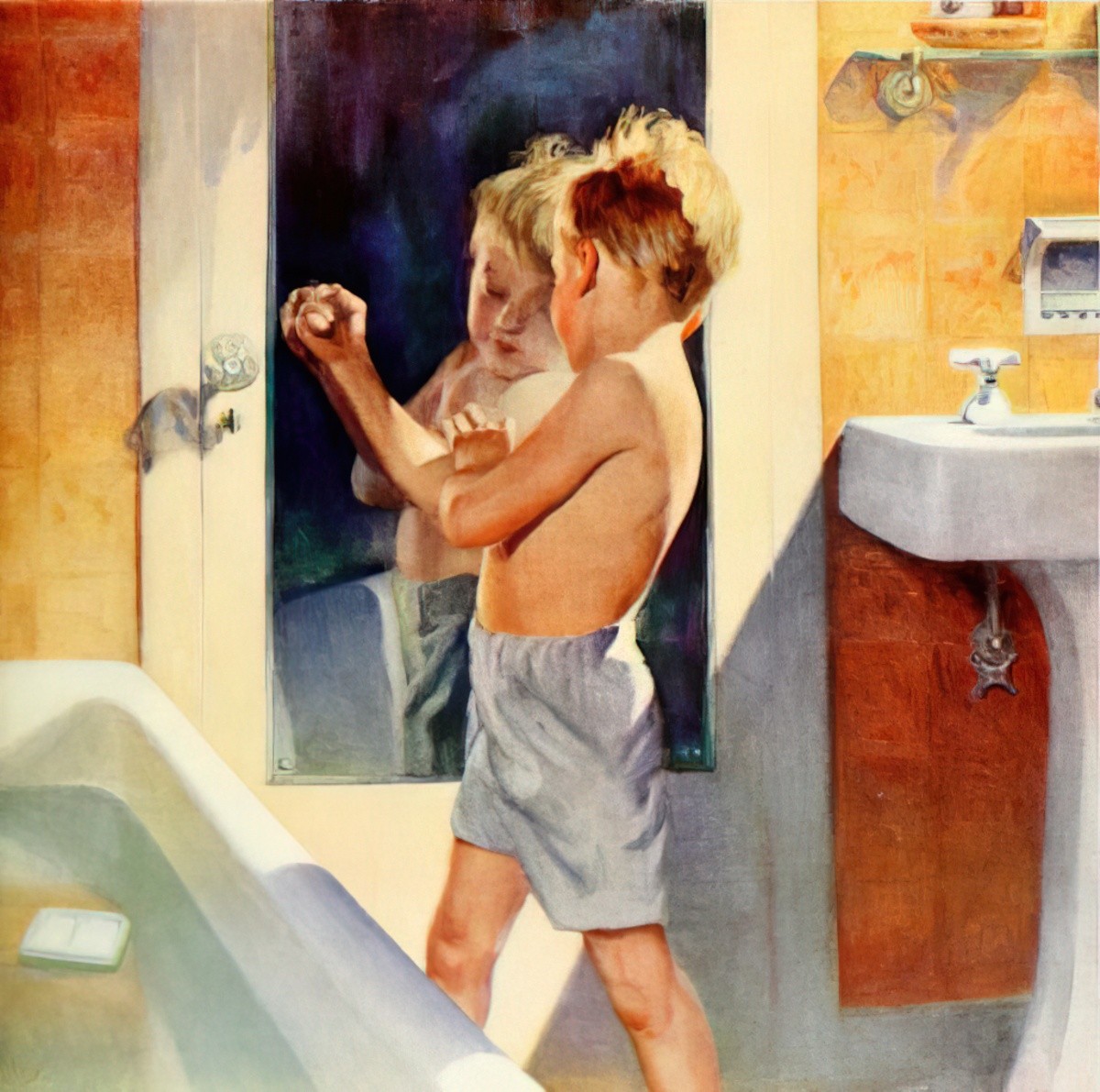
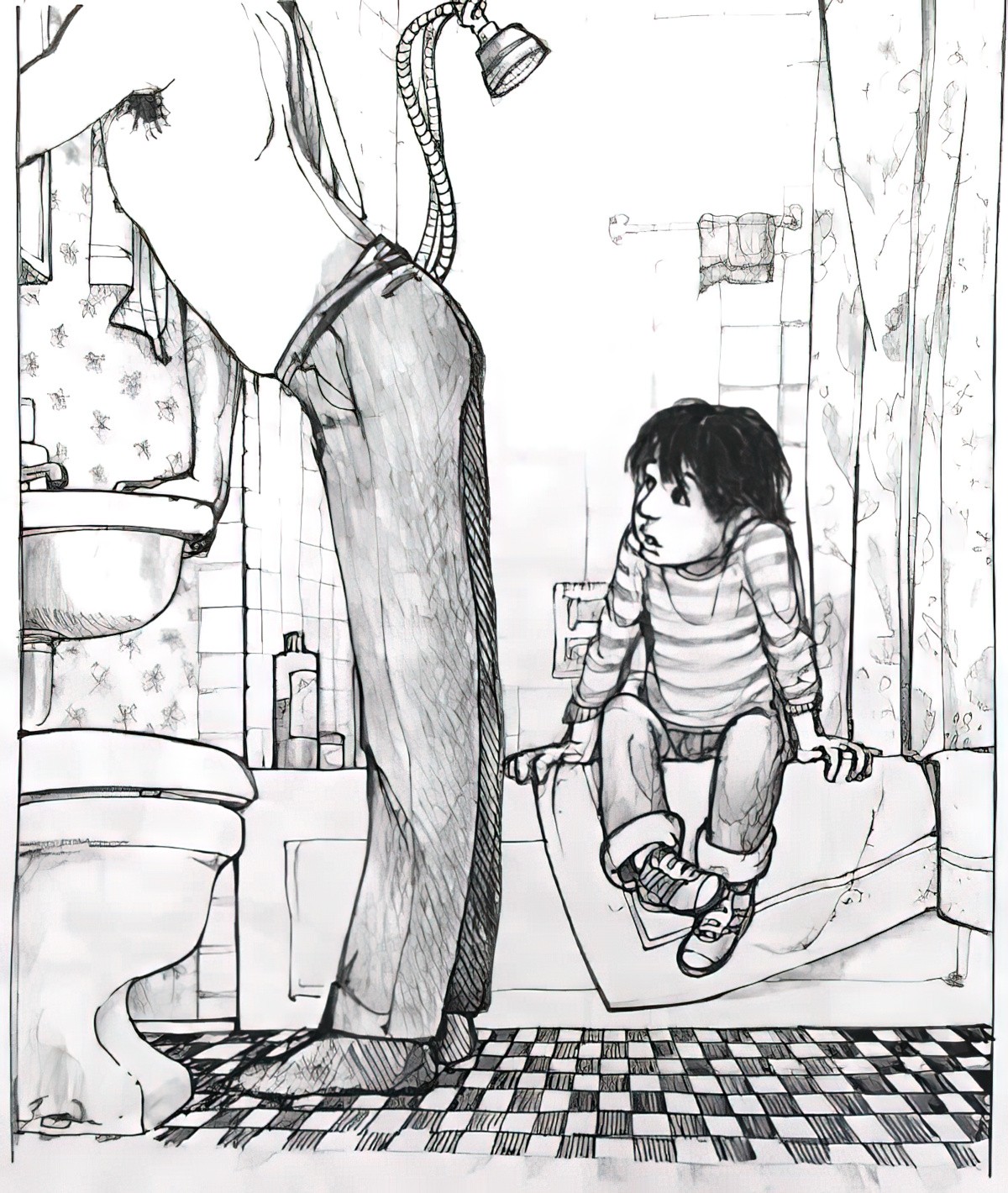
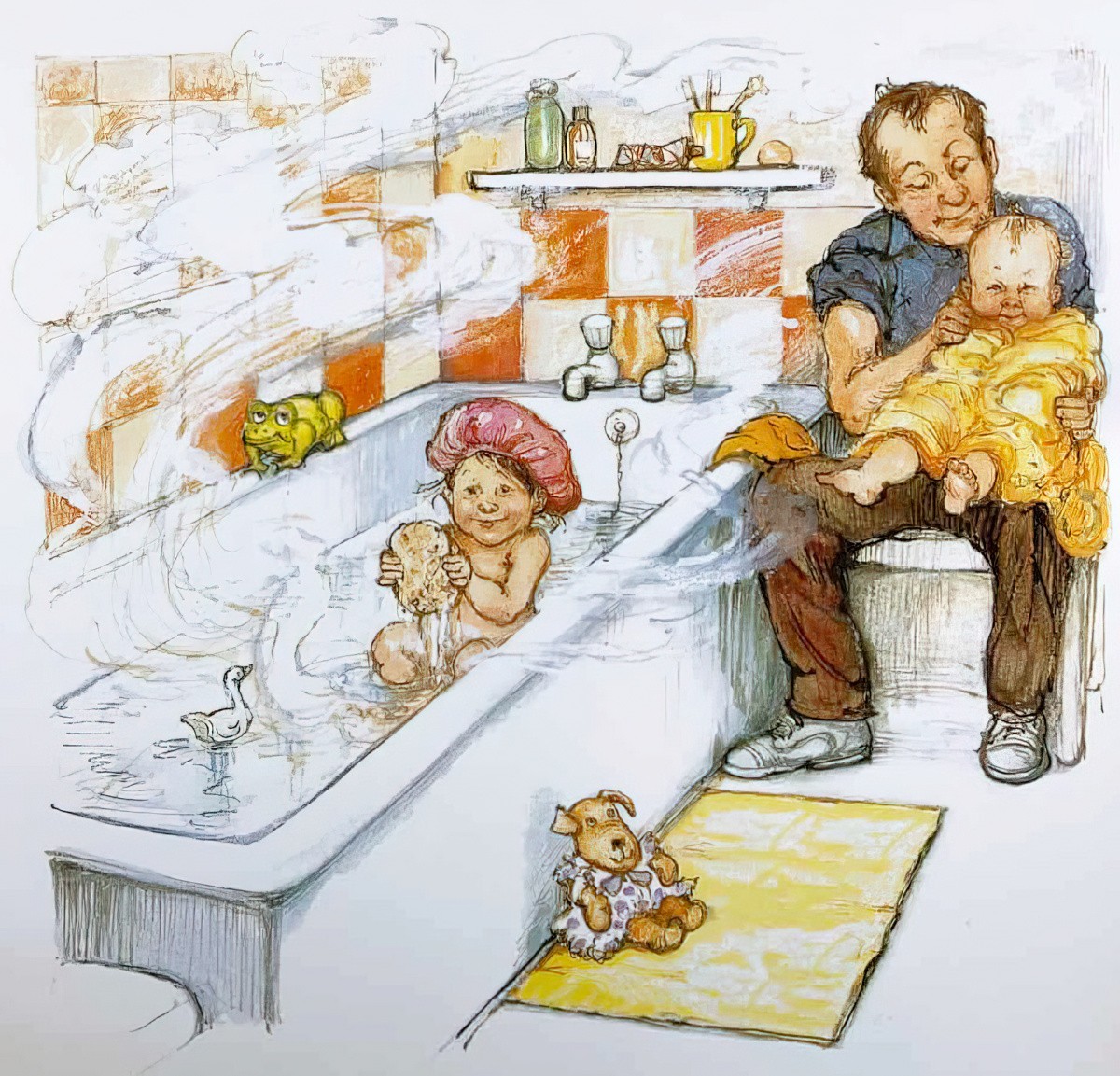
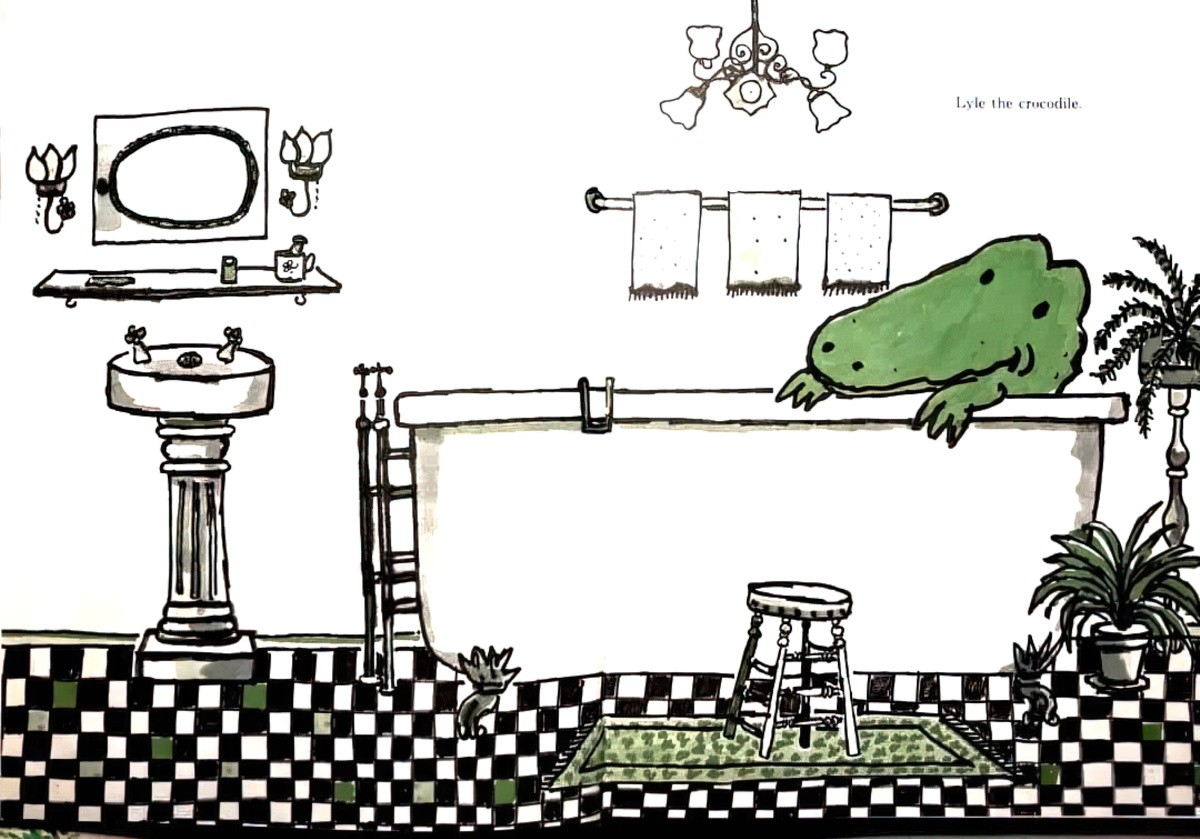
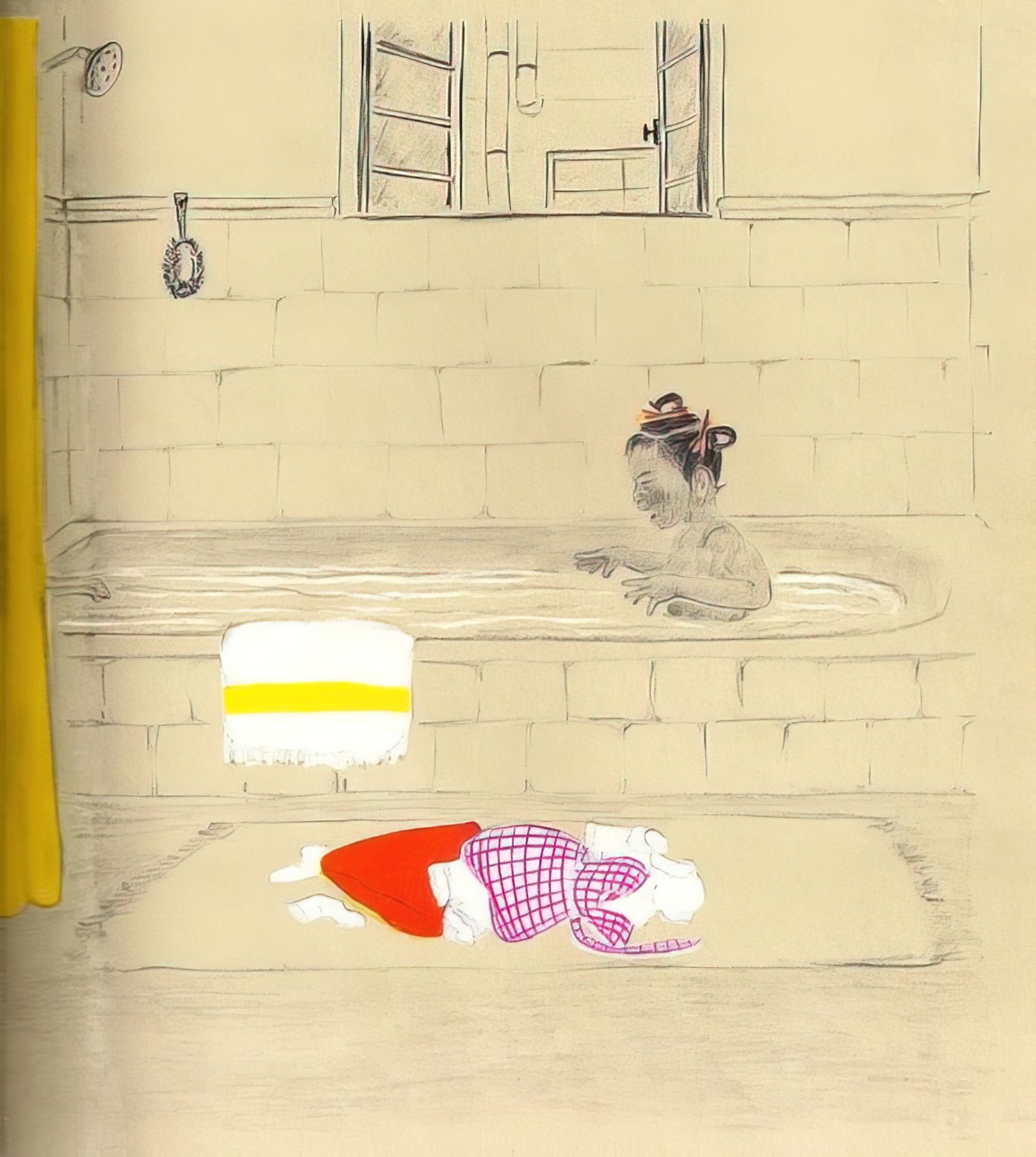
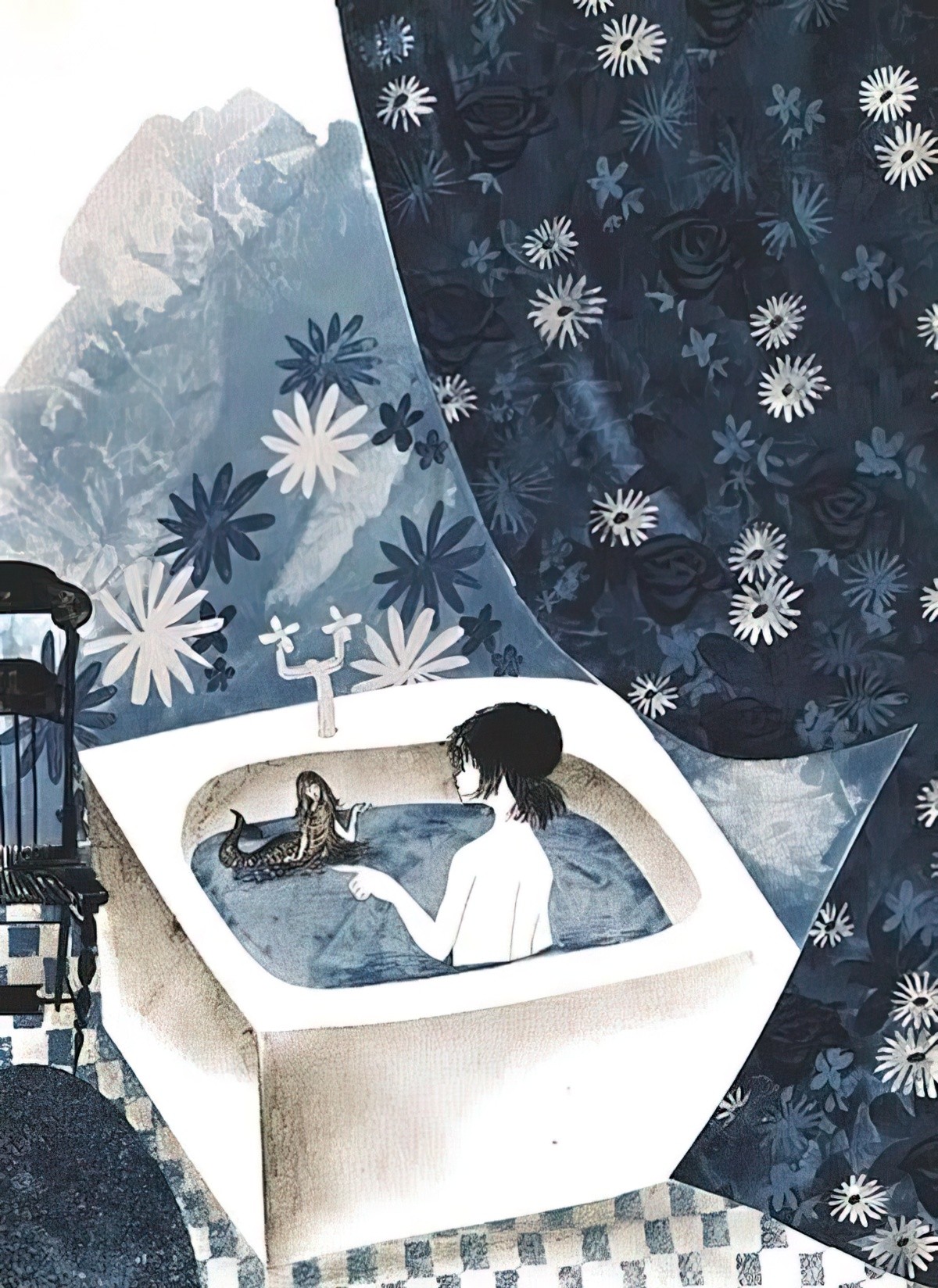
A RECENTLY VACATED FAMILY BATHROOM
In the morning I would roll from my bed without turning on the light to put on my turquoise polka-dot girdle, my pantyhose, and my dress. In the bathroom my father ran water, coughed, blew his nose, rubbed the radio dial back and forth, spat into the sink, and flushed the unhappy old toilet. I finished my reluctant dressing ritual as he burst from the bathroom in a cloud of steam, and went to wash my face, brush my hair and pee. The toilet seat was moist with steam, the mirror fogged, the bath mat damply rumpled on the floor, and the sink blobbed with his thick discharges of toothpaste. I performed my toilet cocooned in my father’s smell of hair oil, Old Spice deodorant, sweat, and faded urine, and then went to sit at the breakfast table with him.
from Two Girls, Fat And Thin by Mary Gaitskill
CARNIVALESQUE BATHTIME
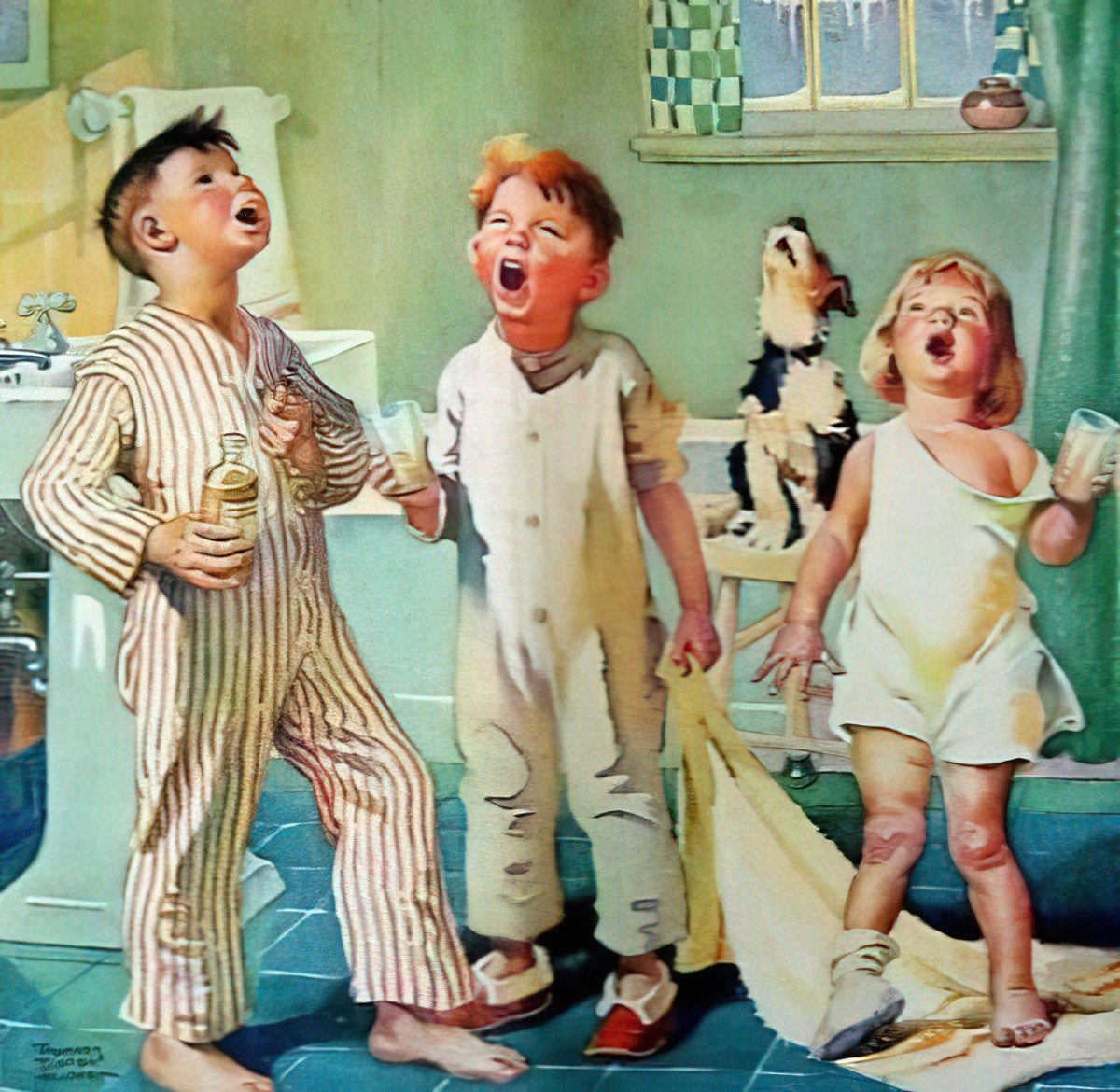
There’s a limited number of scenarios available to picture book storytellers for young children. In a young child’s life, bathtime features large. Bathtime can be terrifying and fun in equal measure. Commonly, the main child character (or child stand-in) does not want to have a bath, and considers it a form of torture.
But once the child gets into the bath, they generally (though not always!) start having a great time.
Parenting: Can’t get kids into the bath; then you can’t get them out.
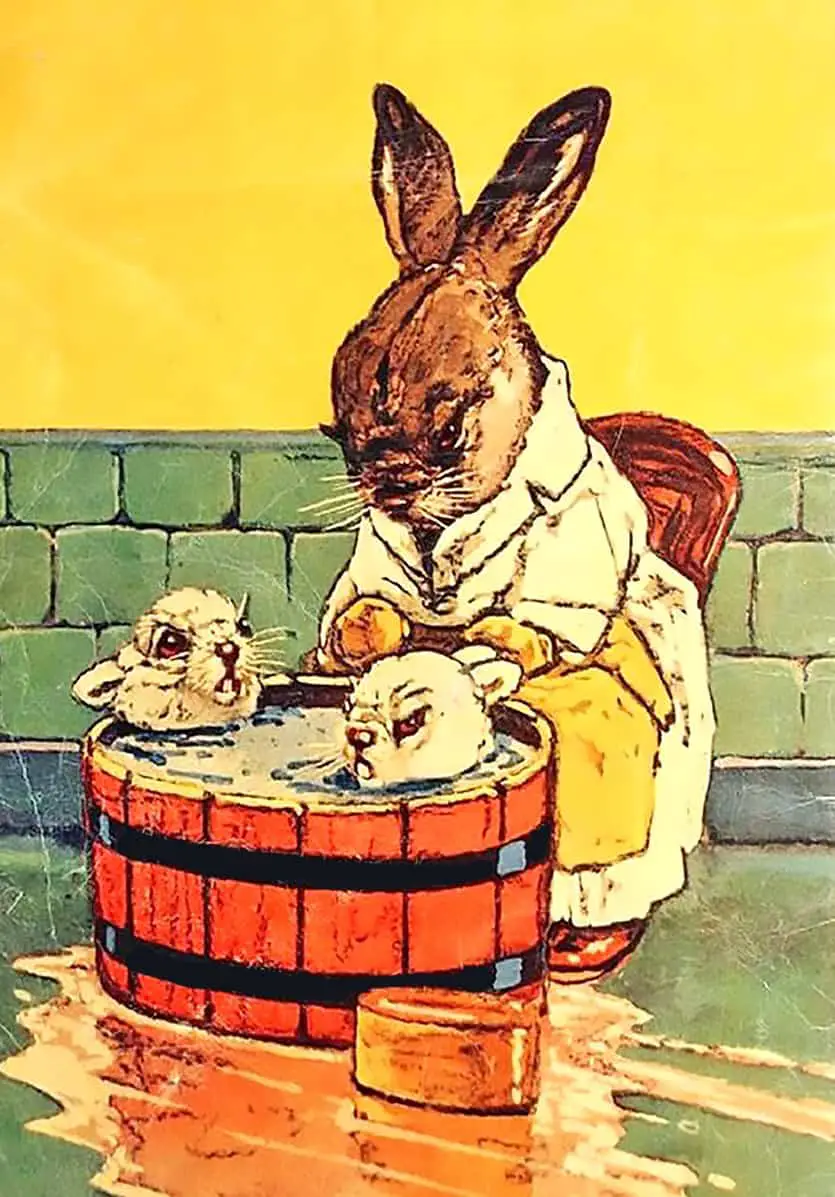
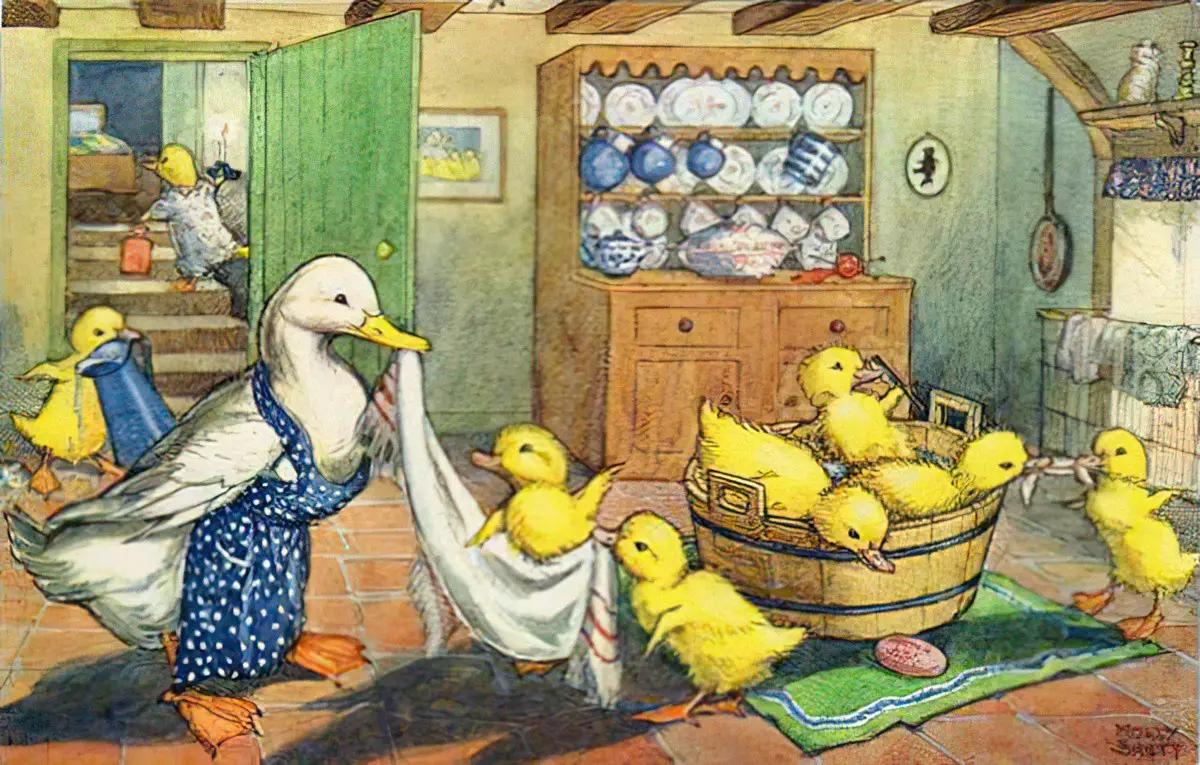
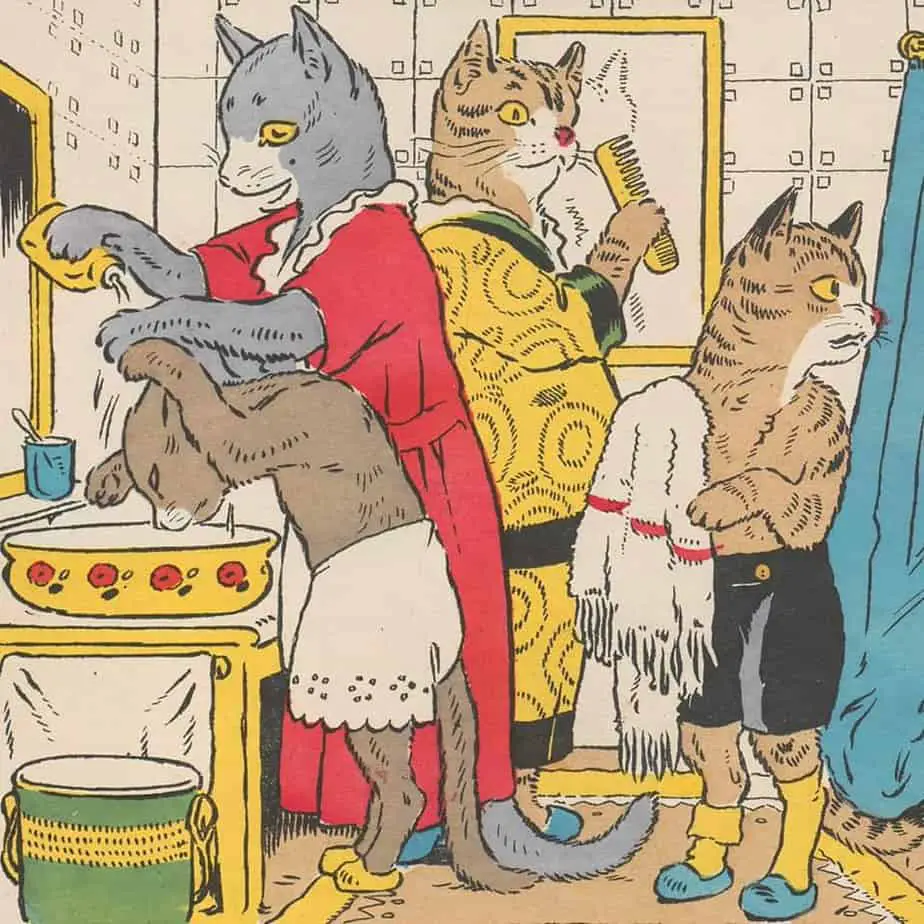
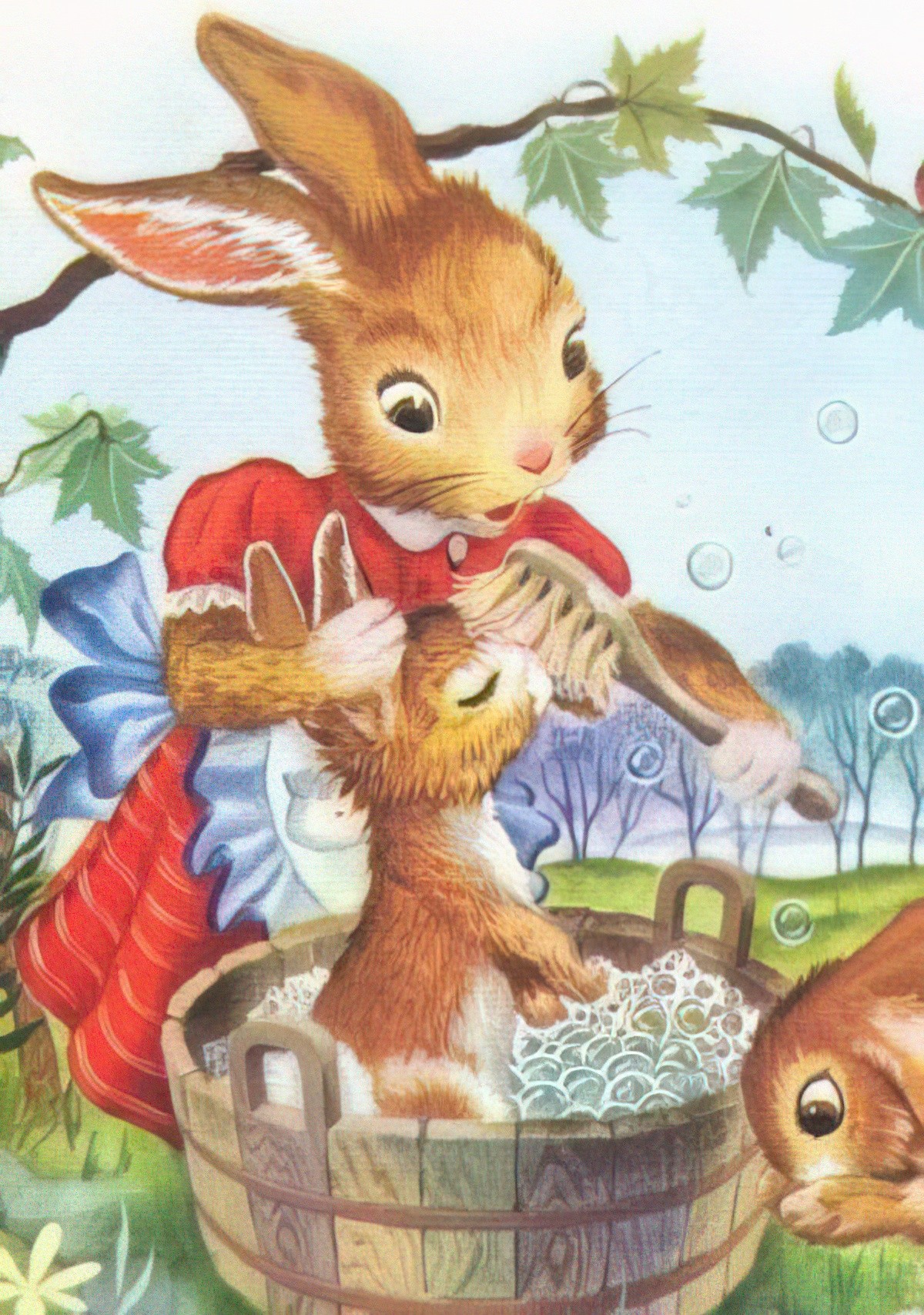
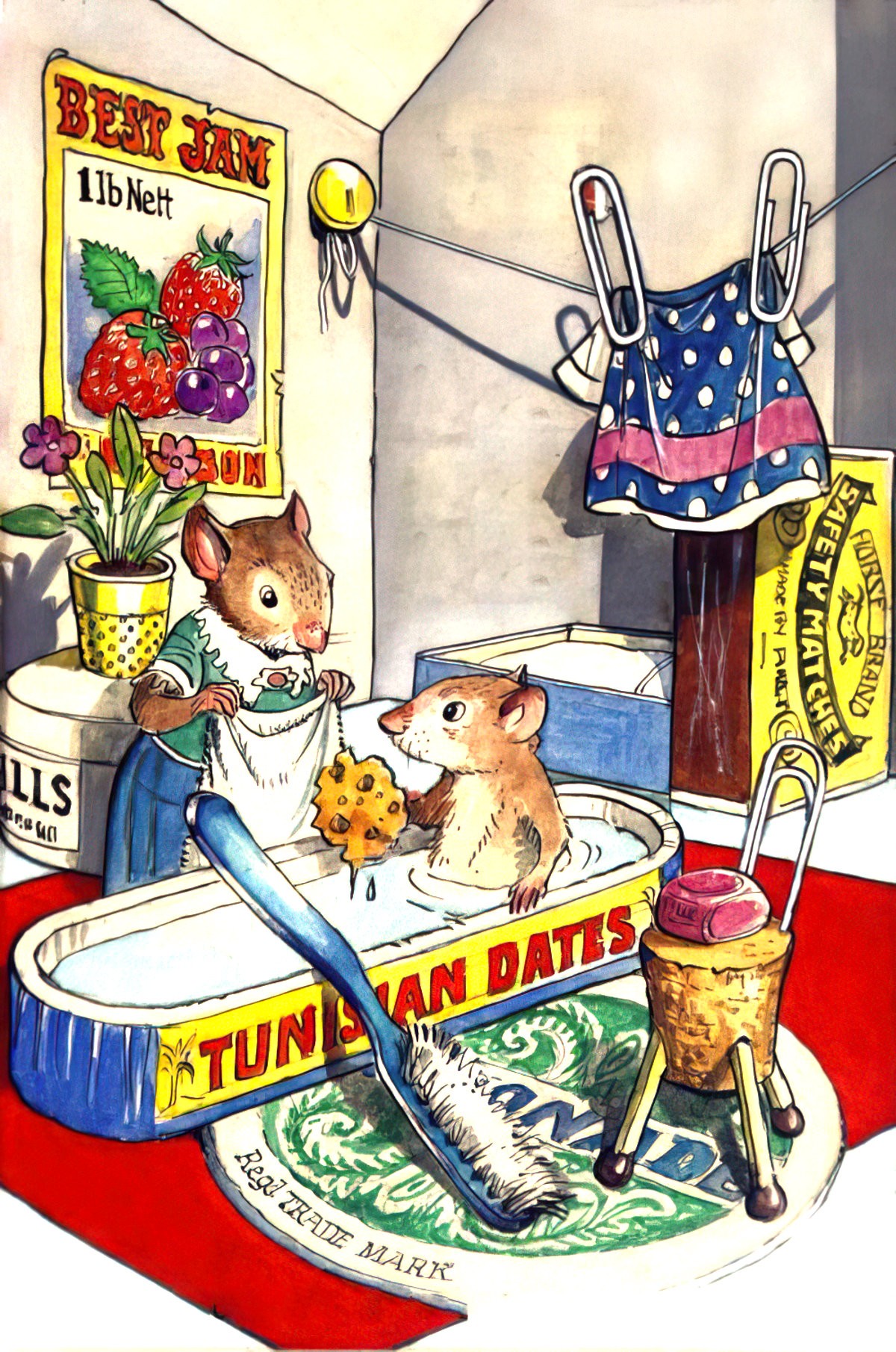
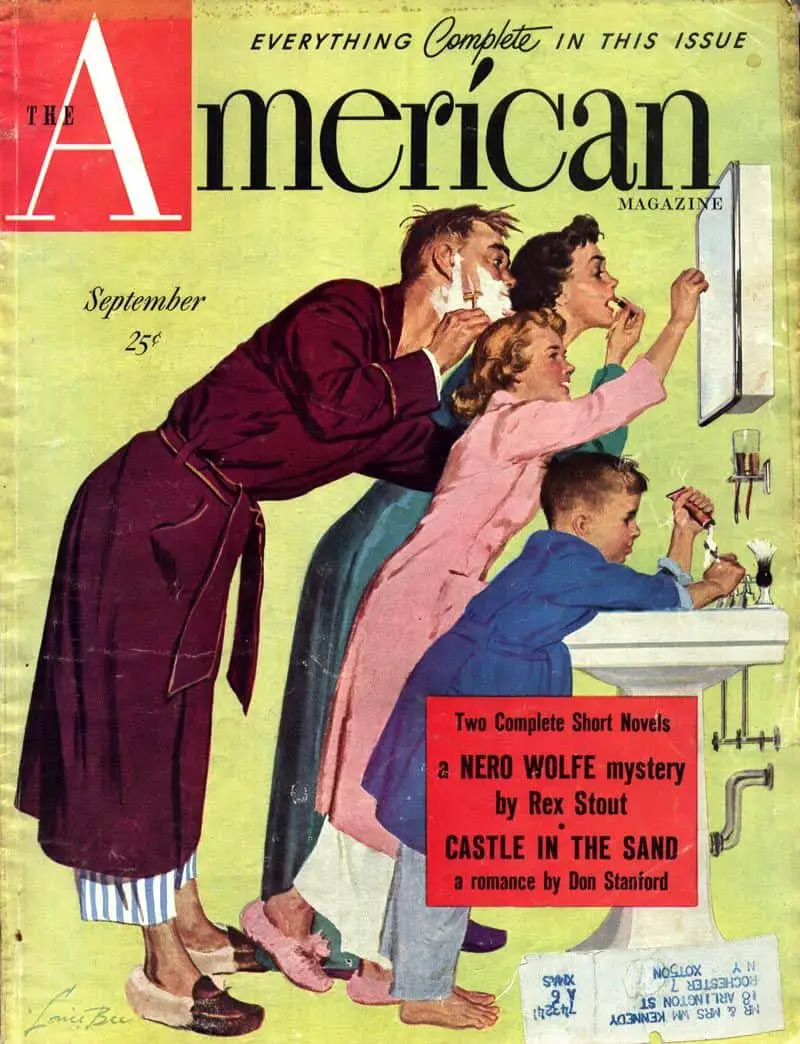
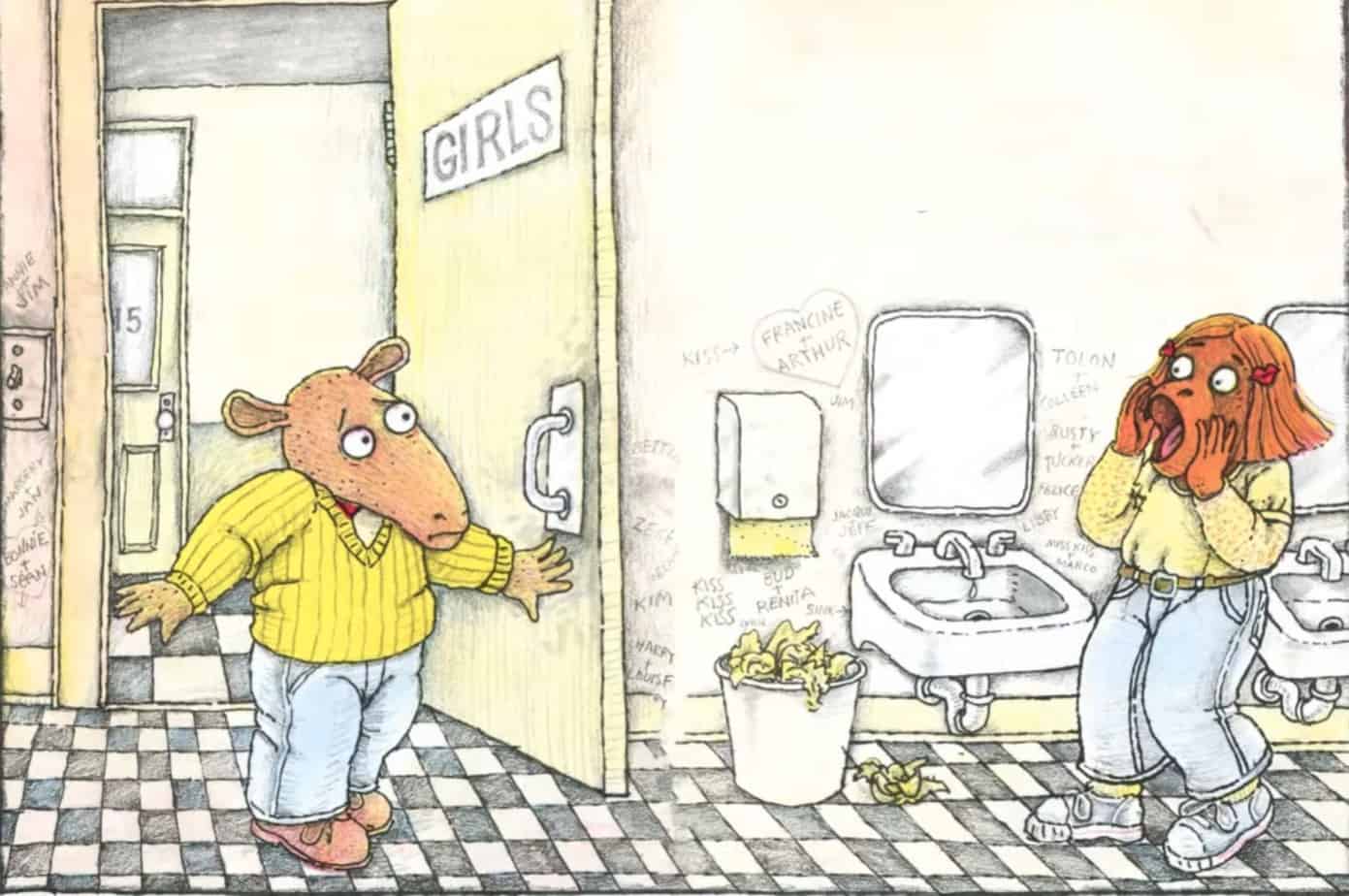
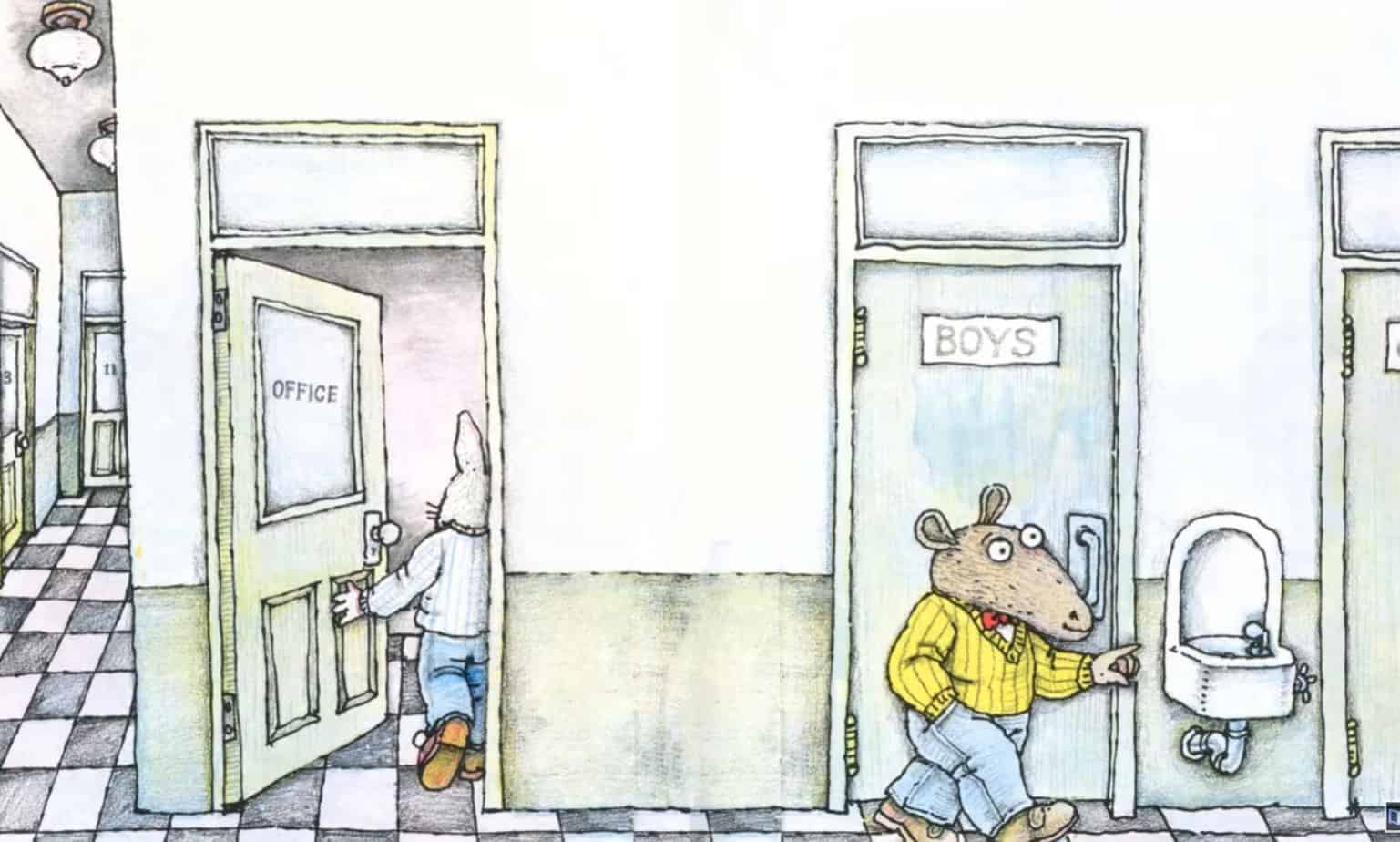
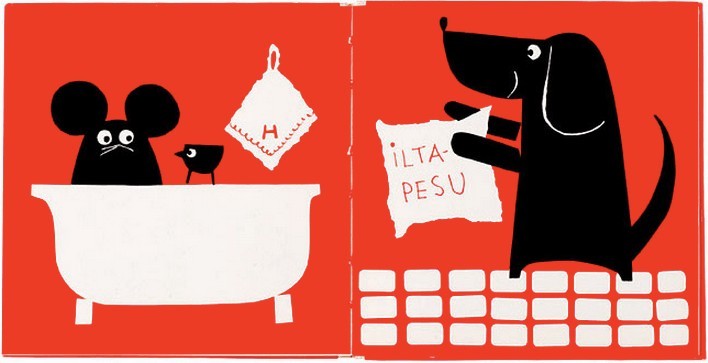
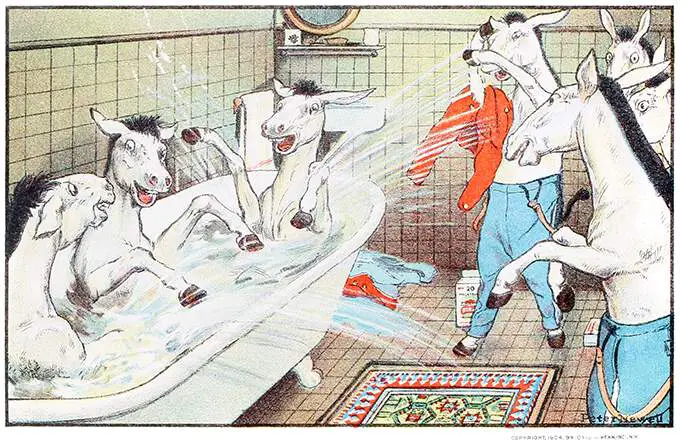
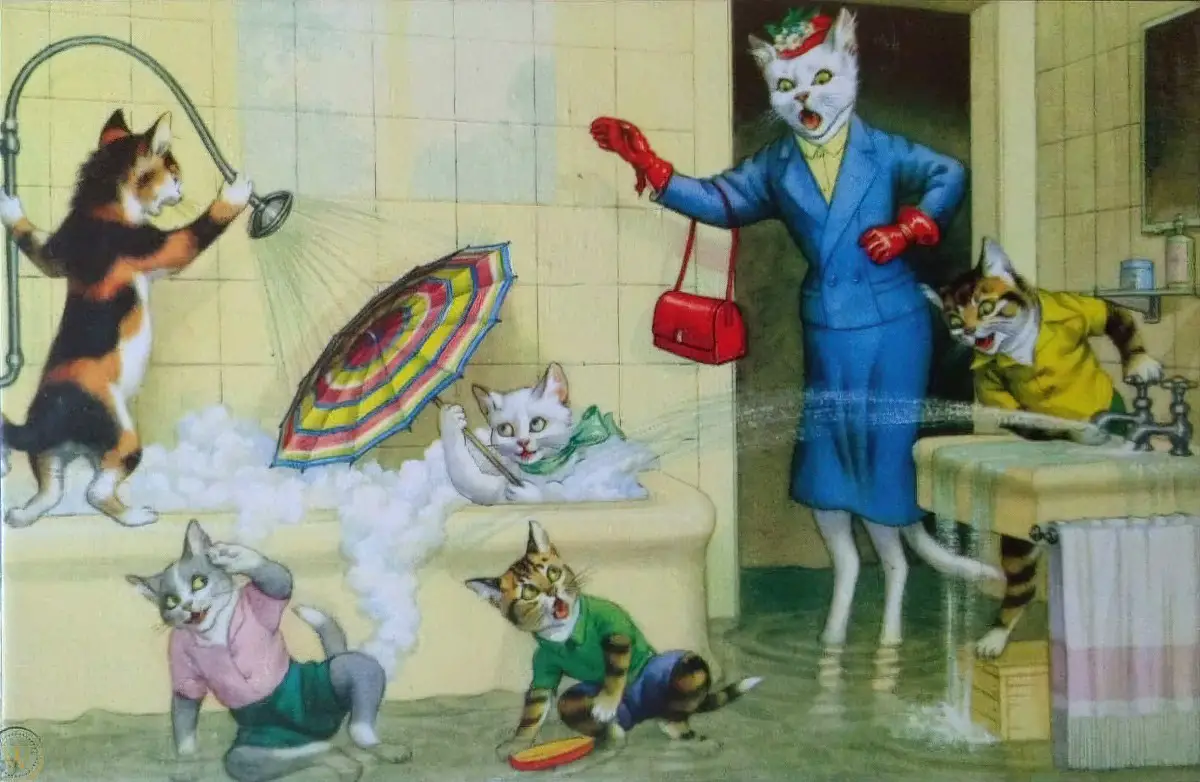
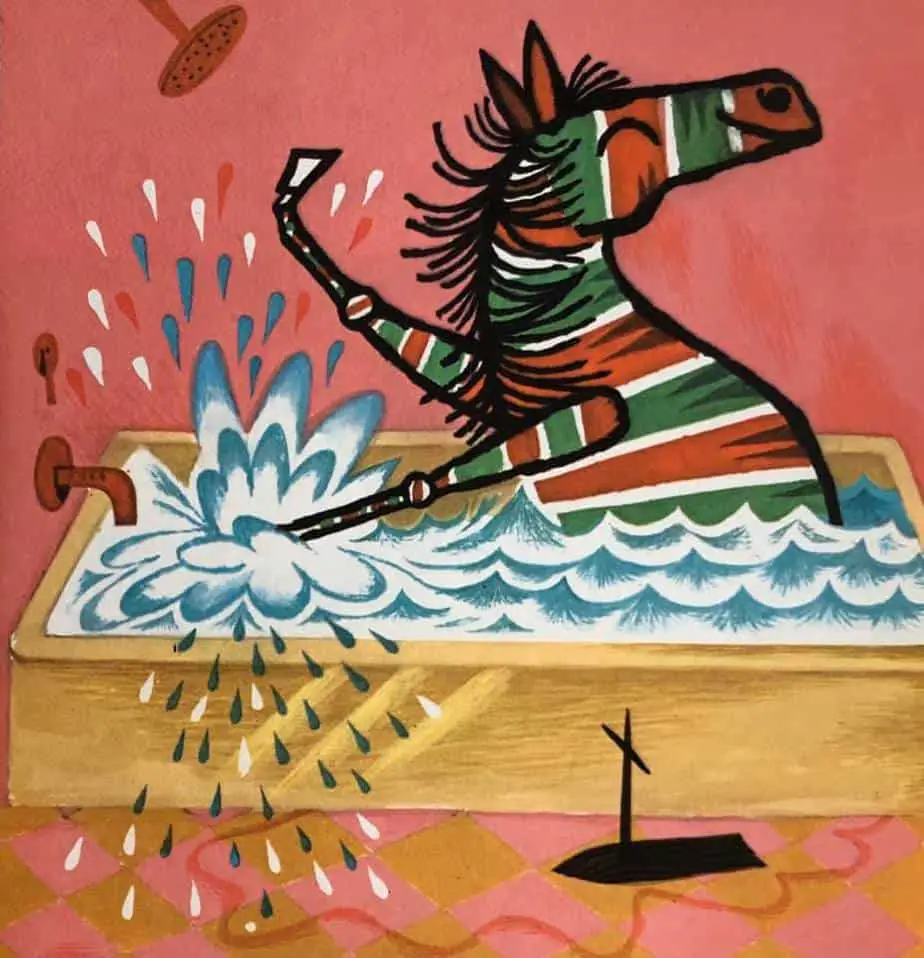
Even for art and stories for adults, the bath is depicted as an escape, sometimes in a wacky kind of way, where our true (secret) selves are revealed.
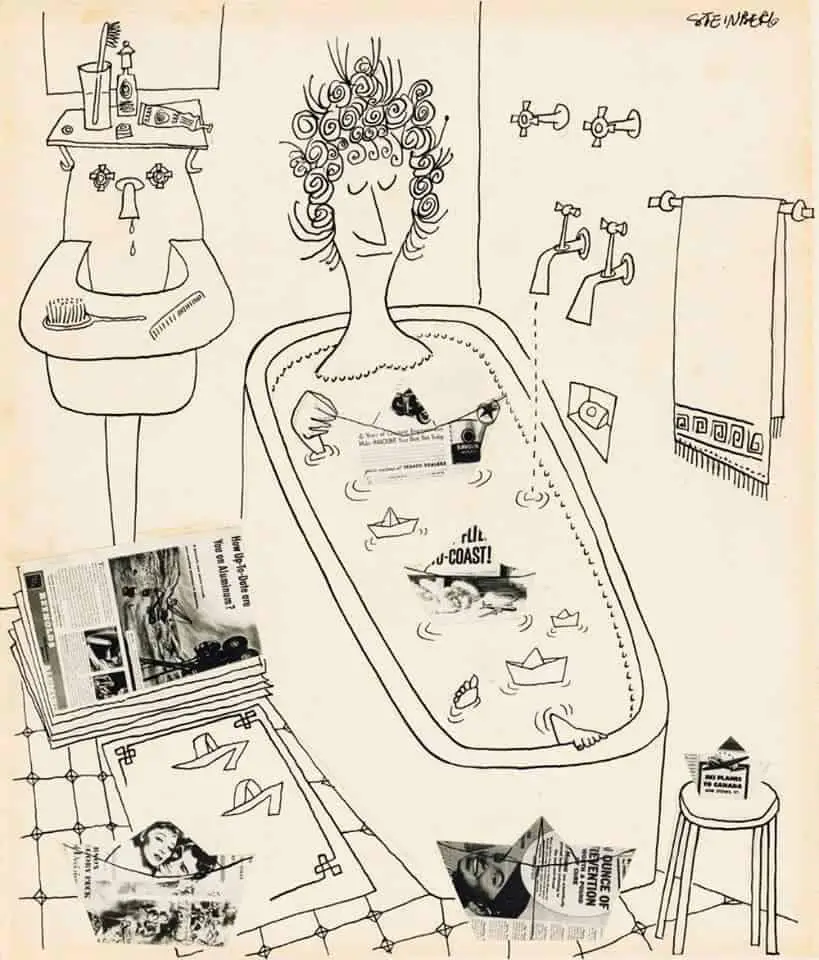
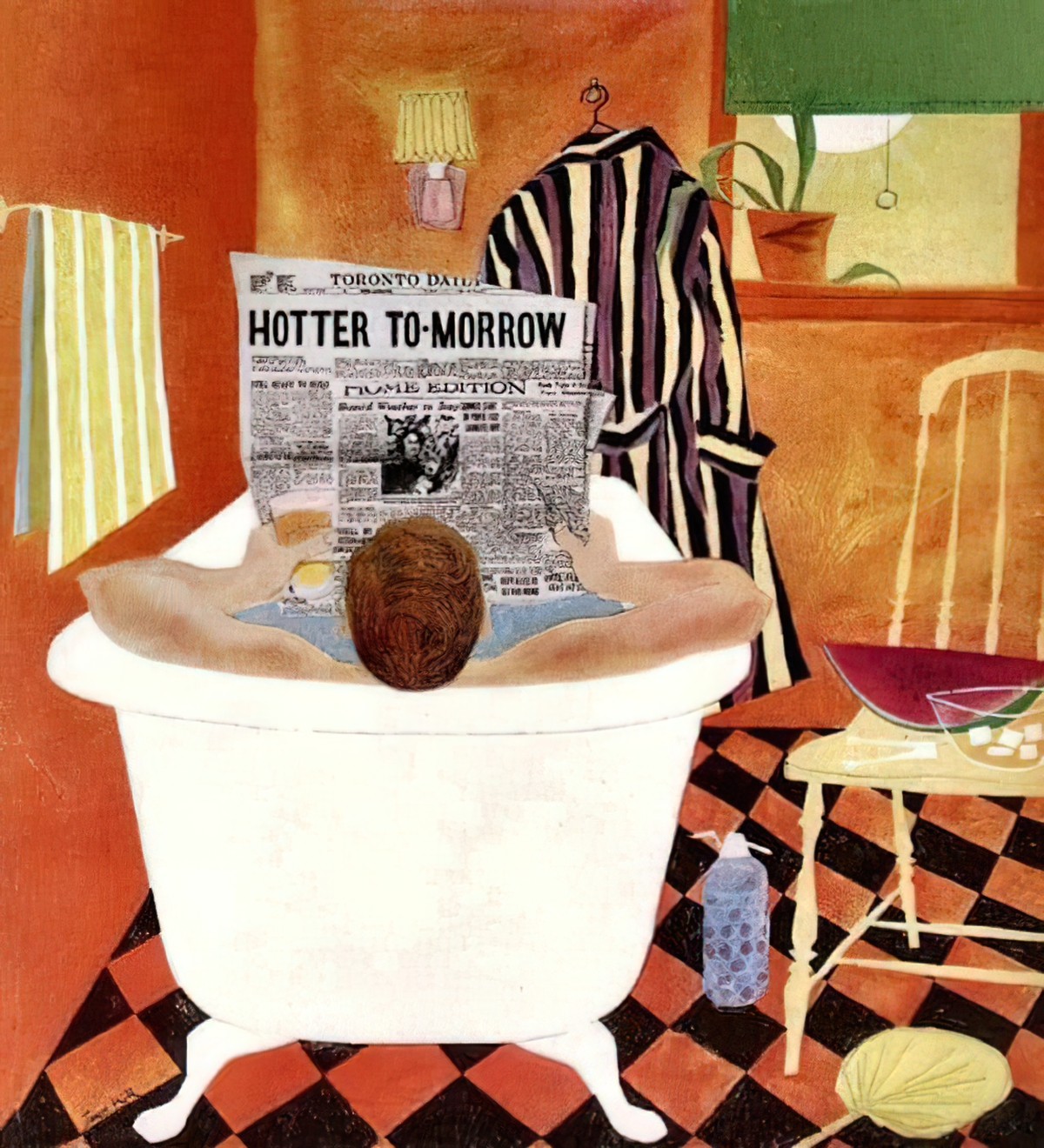
Bath time has always been identified as a node of particular promise in gay and sexual liberation struggle. Whereas now we have the private spa, historically, public bath houses and beaches are where the temporal discipline of getting clean has been rejected entirely in favour of the capacious anti-functional temporality of bathing: bathing all day, bathing for bathing’s sake, bathing with and in other bodies, playing all day on the Moebius strip between cleansing and contamination; that knife-edge between soaking and dehydration, oceanic bliss and drowning.
Collective Turn Off, Sophie Lewis
THE CREEPY BATHROOM
Just as kitchens can be either cosy or creepy, so too can bathrooms.
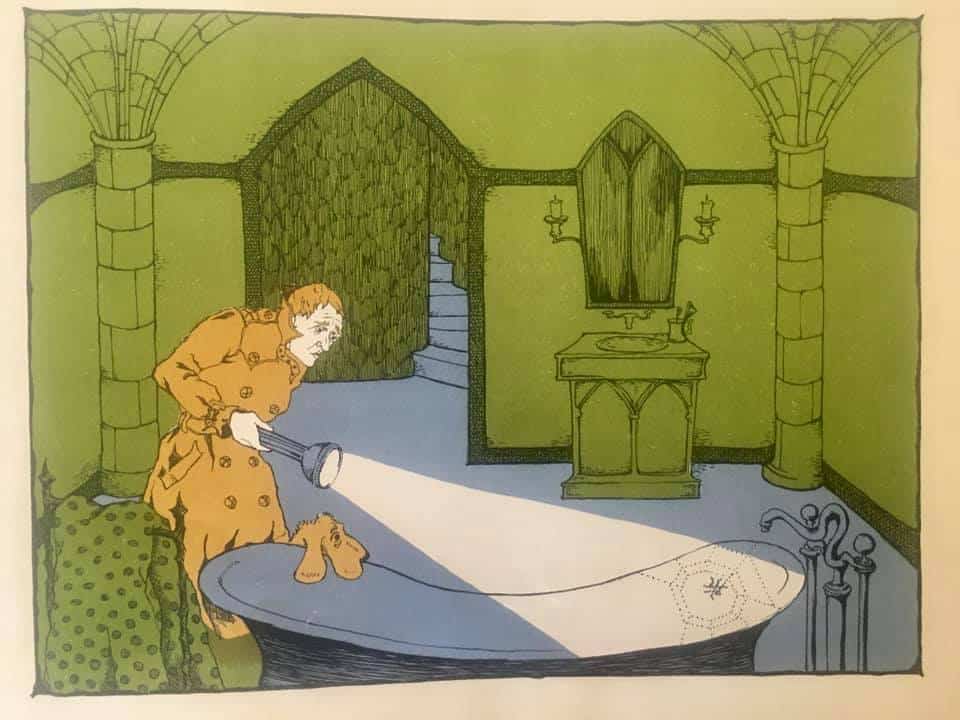
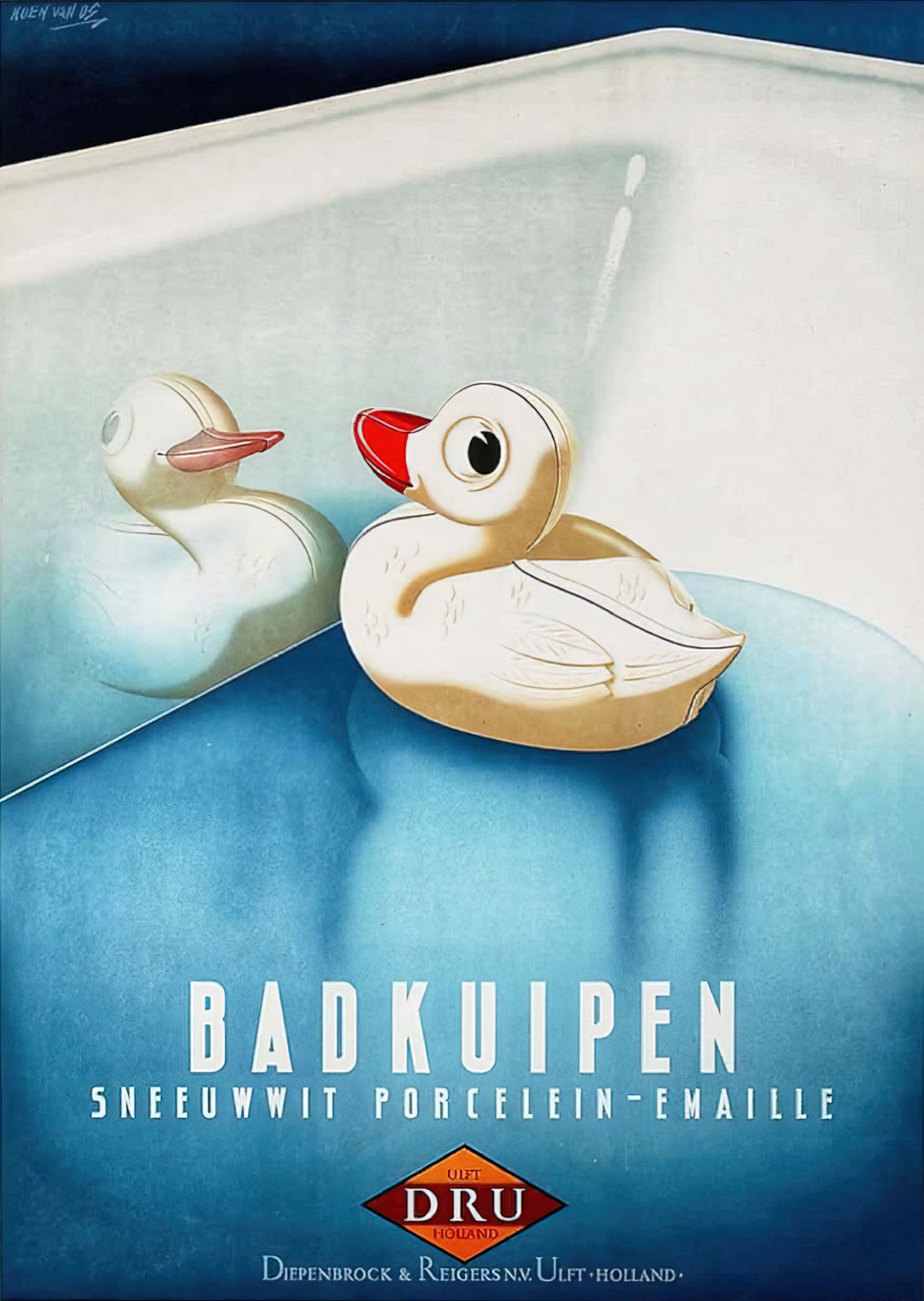
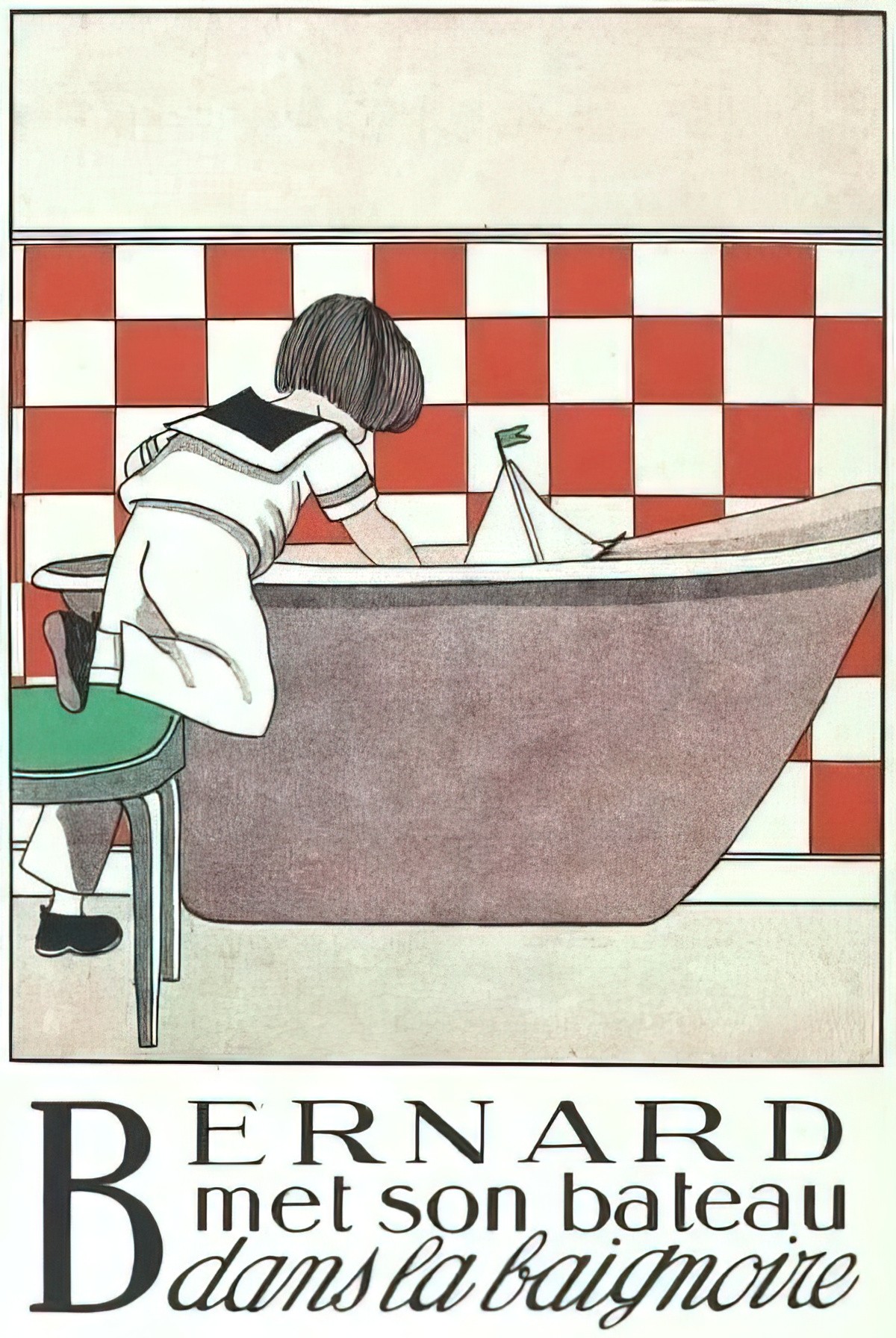
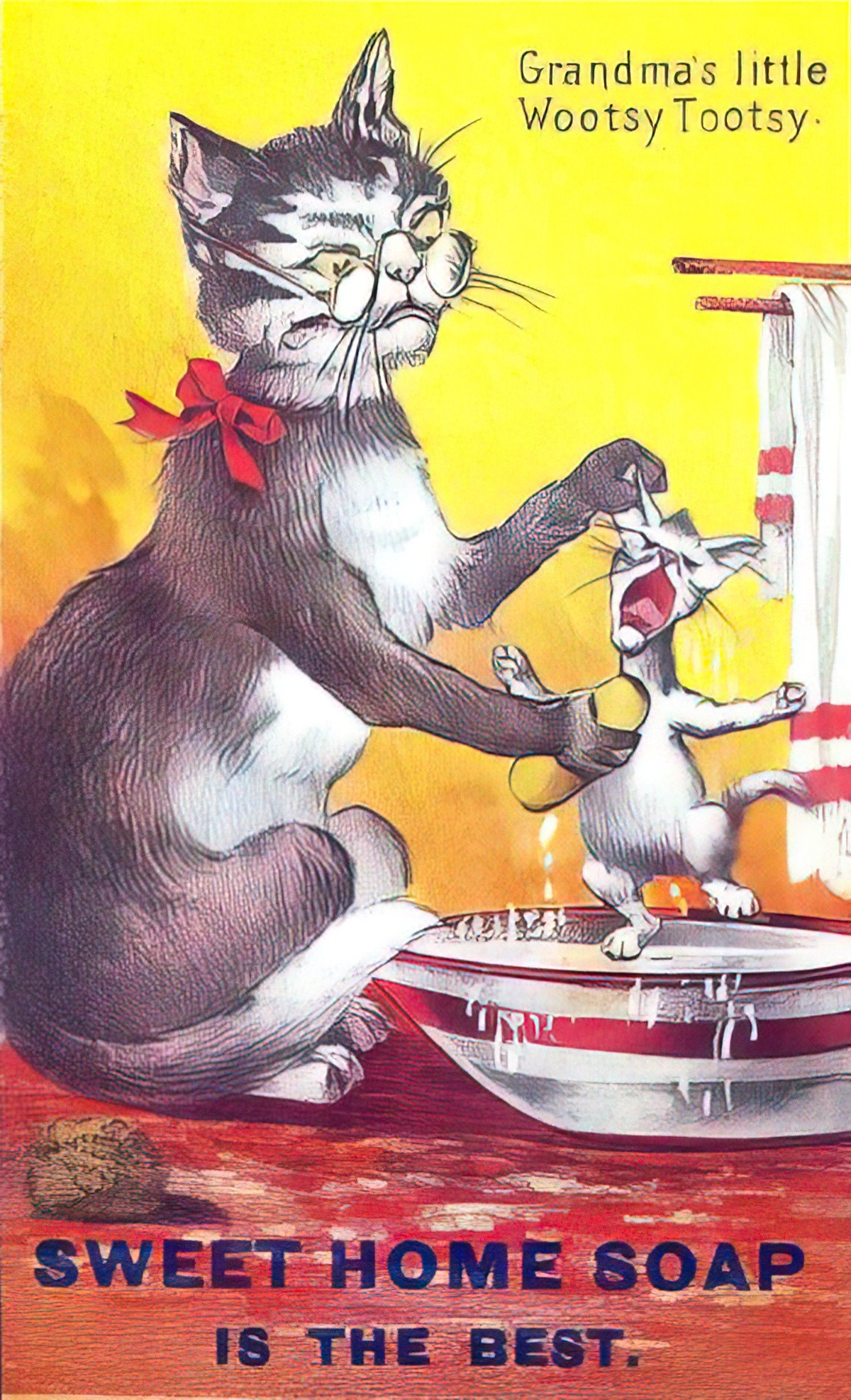
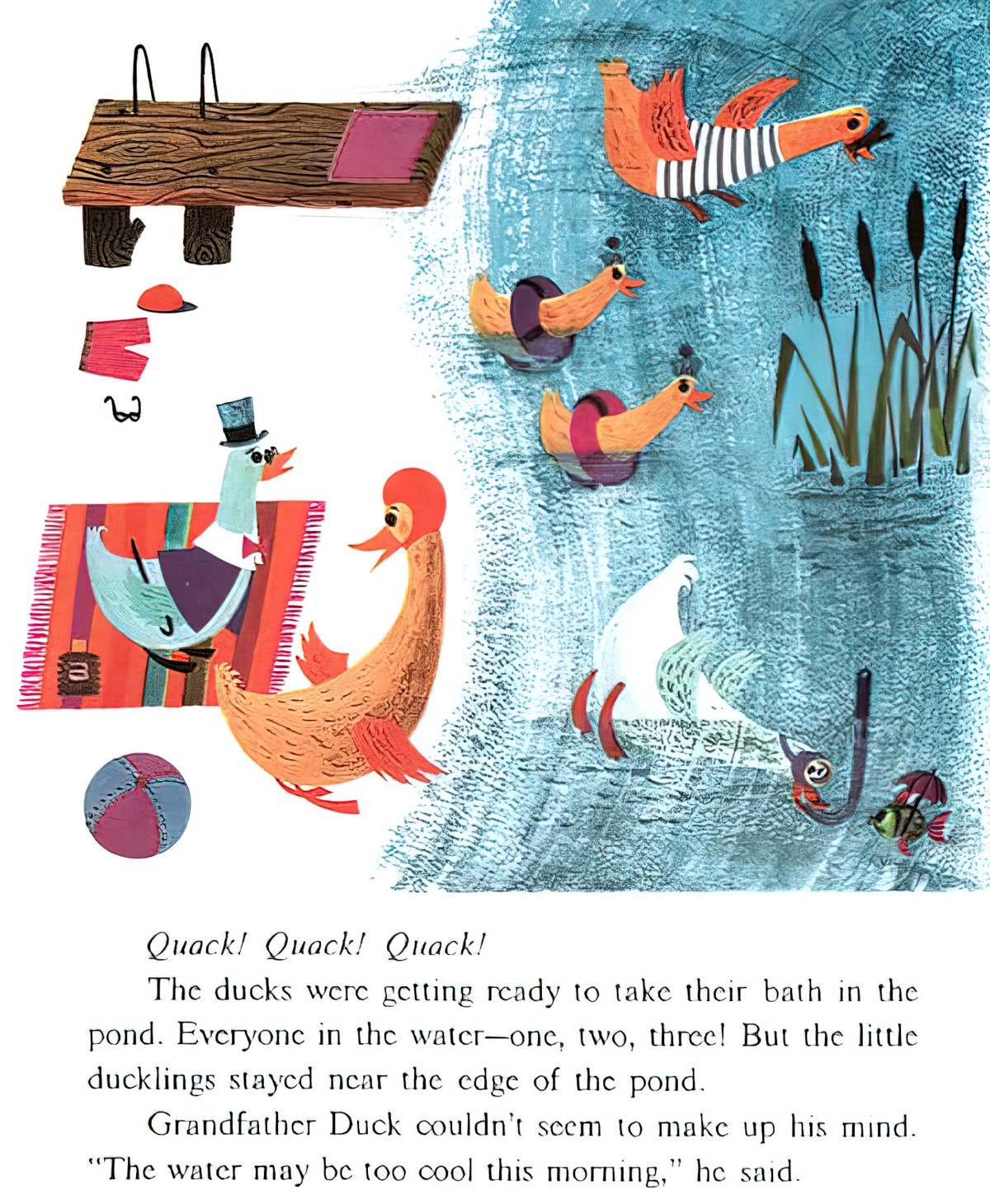
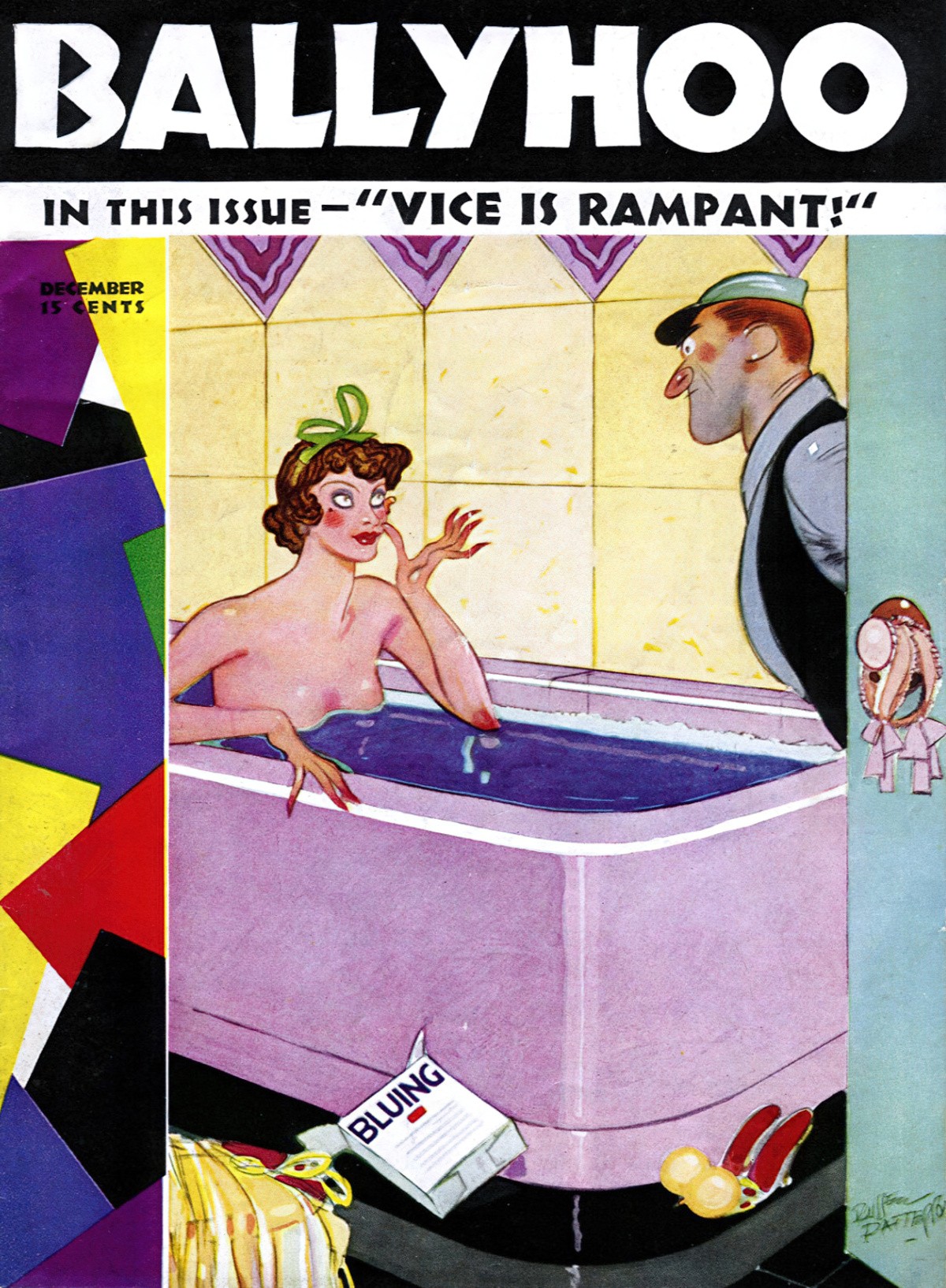
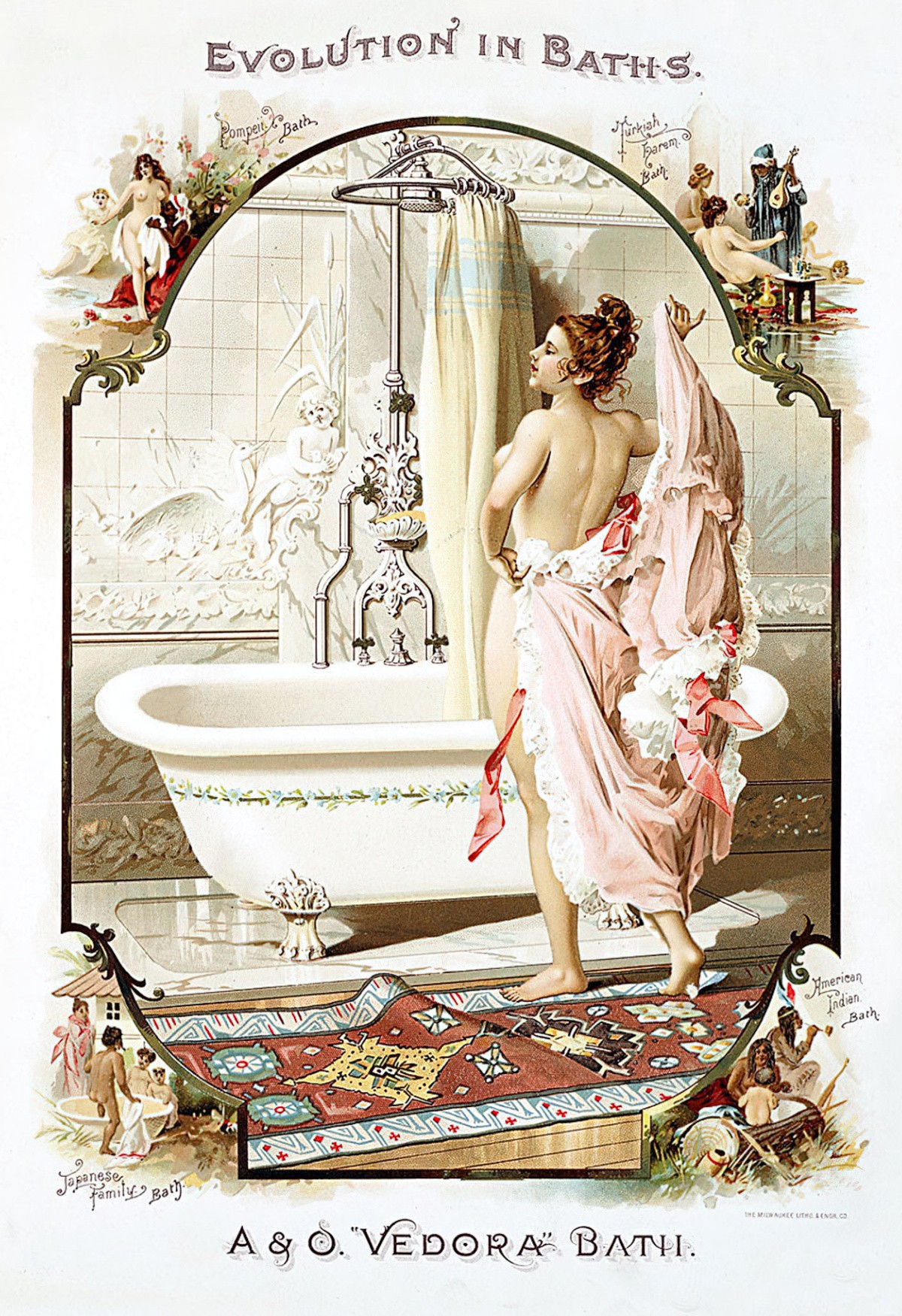
FURTHER READING
Echo’s Chambers: Architecture and the Idea of Acoustic Space
A room’s acoustic character seems at once the most technical and the most mystical of concerns. Since the early Enlightenment, European architects have systematically endeavored to represent and control the propagation of sound in large interior spaces. Their work has been informed by the science of sound but has also been entangled with debates on style, visualization techniques, performance practices, and the expansion of the listening public.
Echo’s Chambers: Architecture and the Idea of Acoustic Space (U Pittsburgh Press, 2021) explores how architectural experimentation from the seventeenth through the mid-twentieth centuries laid the groundwork for concepts of acoustic space that are widely embraced in contemporary culture. It focuses on the role of echo and reverberation in the architecture of Pierre Patte, Claude-Nicolas Ledoux, Carl Ferdinand Langhans, and Le Corbusier, as well as the influential acoustic ideas of Athanasius Kircher, Richard Wagner, and Marshall McLuhan. Drawing on interdisciplinary theories of media and auditory culture, Joseph L. Clarke reveals how architecture has impacted the ways we continue to listen to, talk about, and creatively manipulate sound in the physical environment.
New Books Network
Header painting: Francois Flameng – Bathing of Court Ladies in the 18th Century 1888
